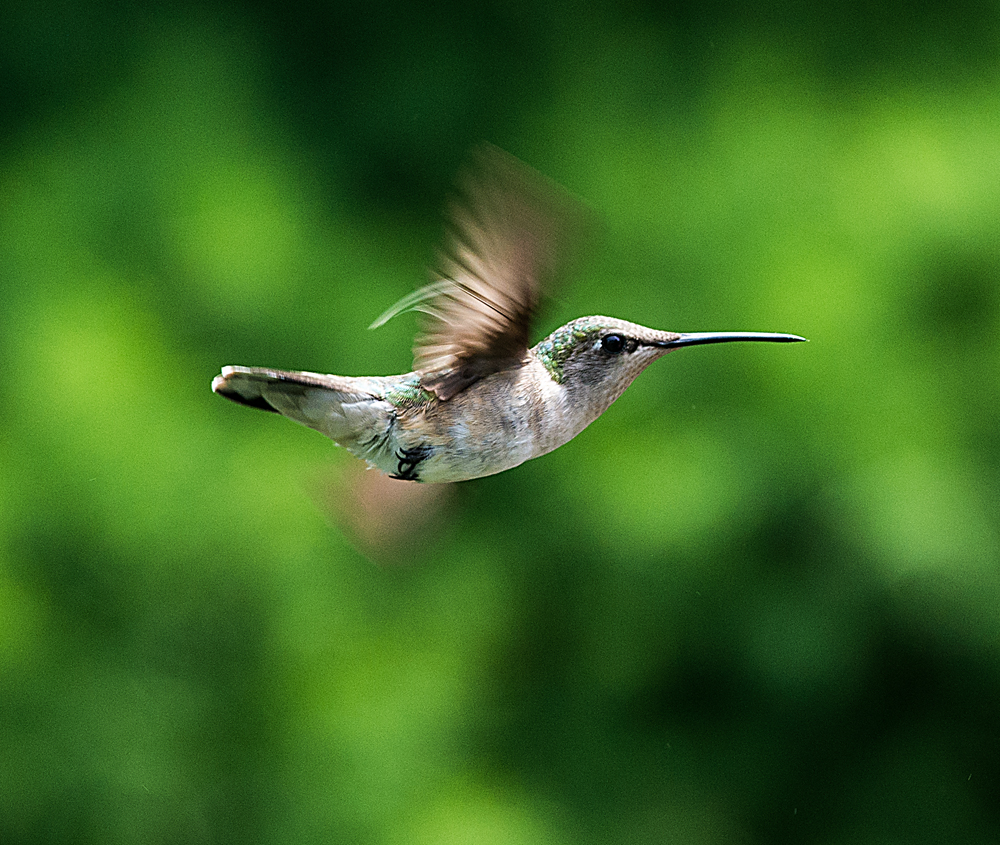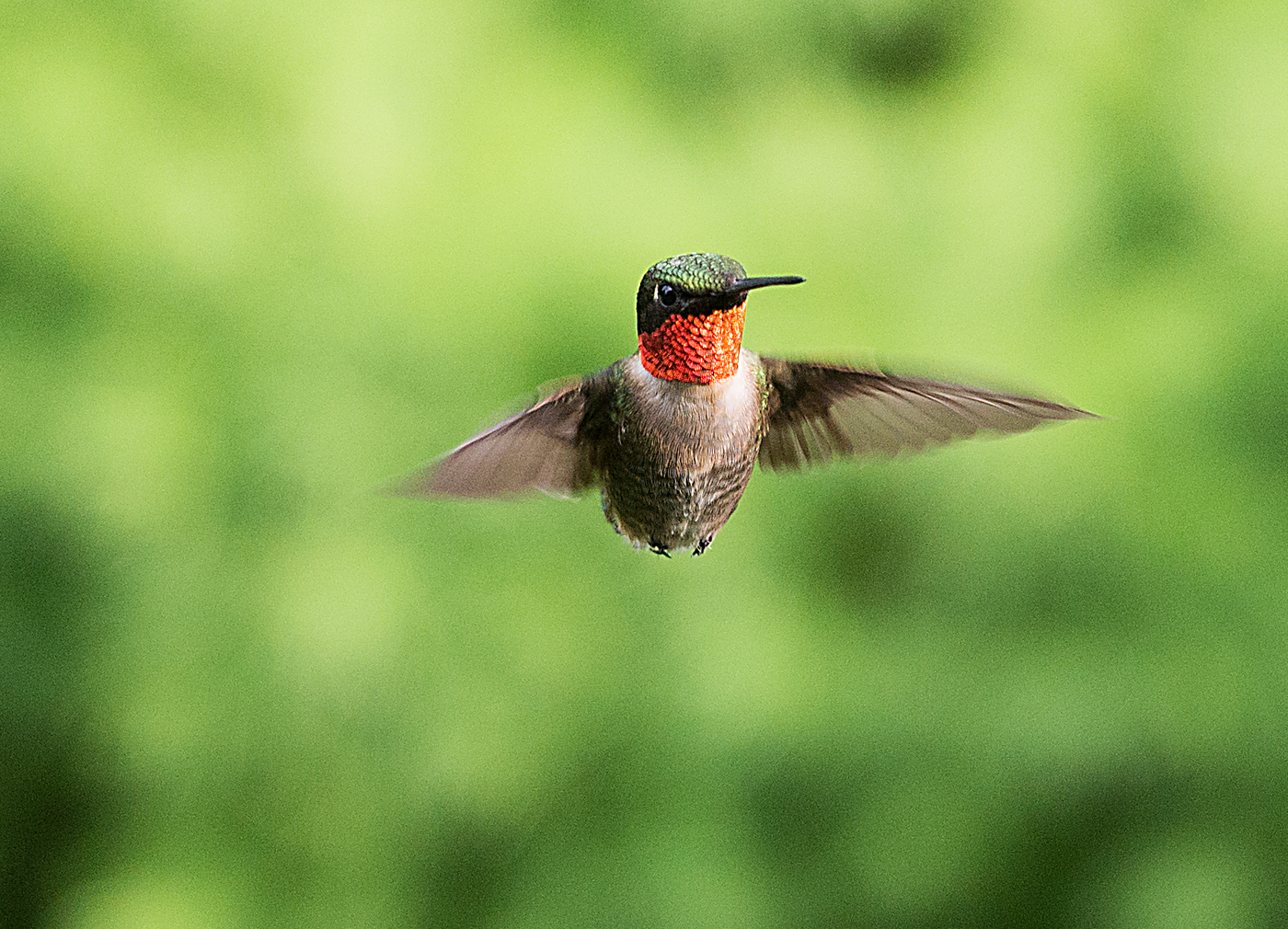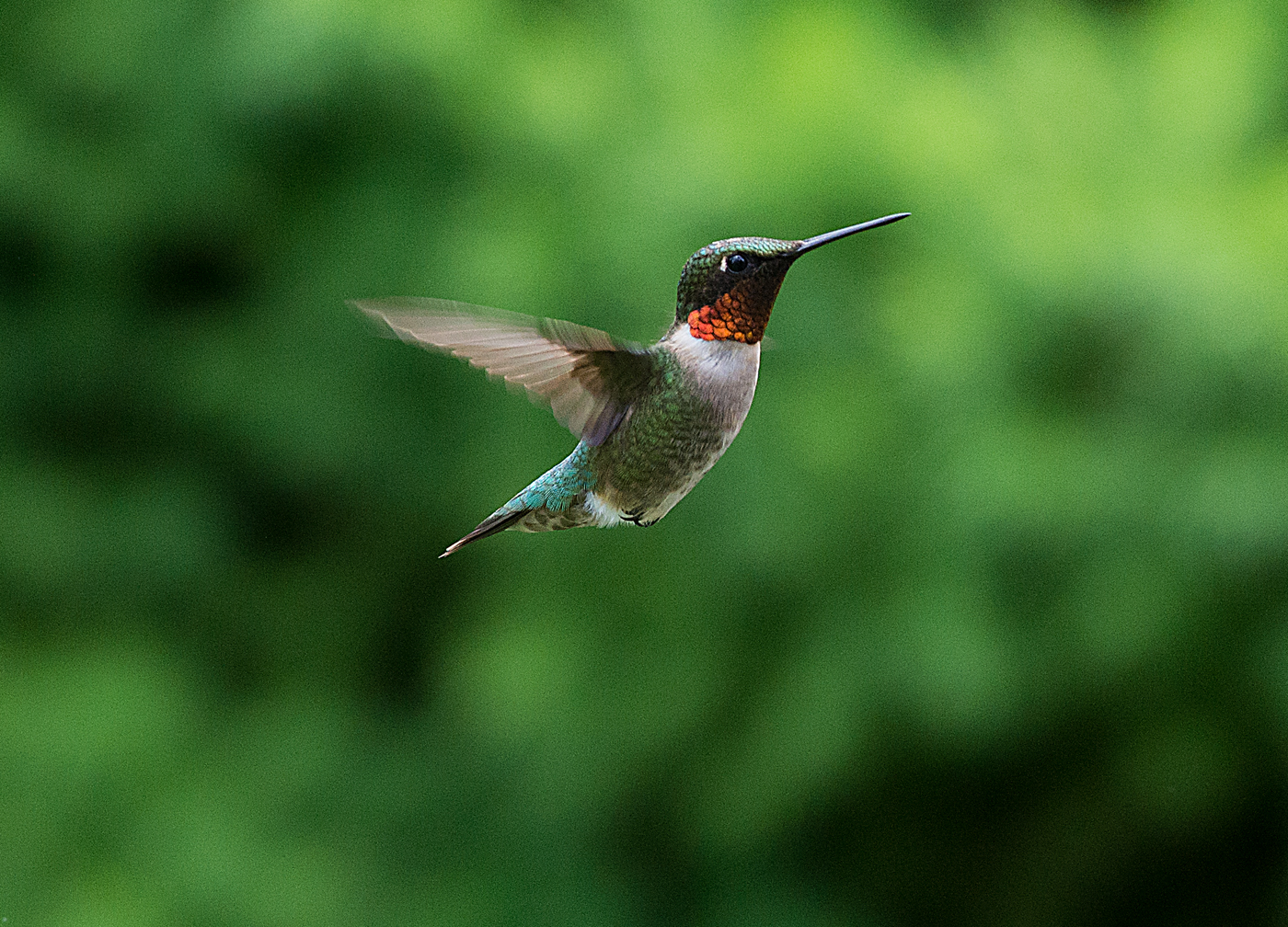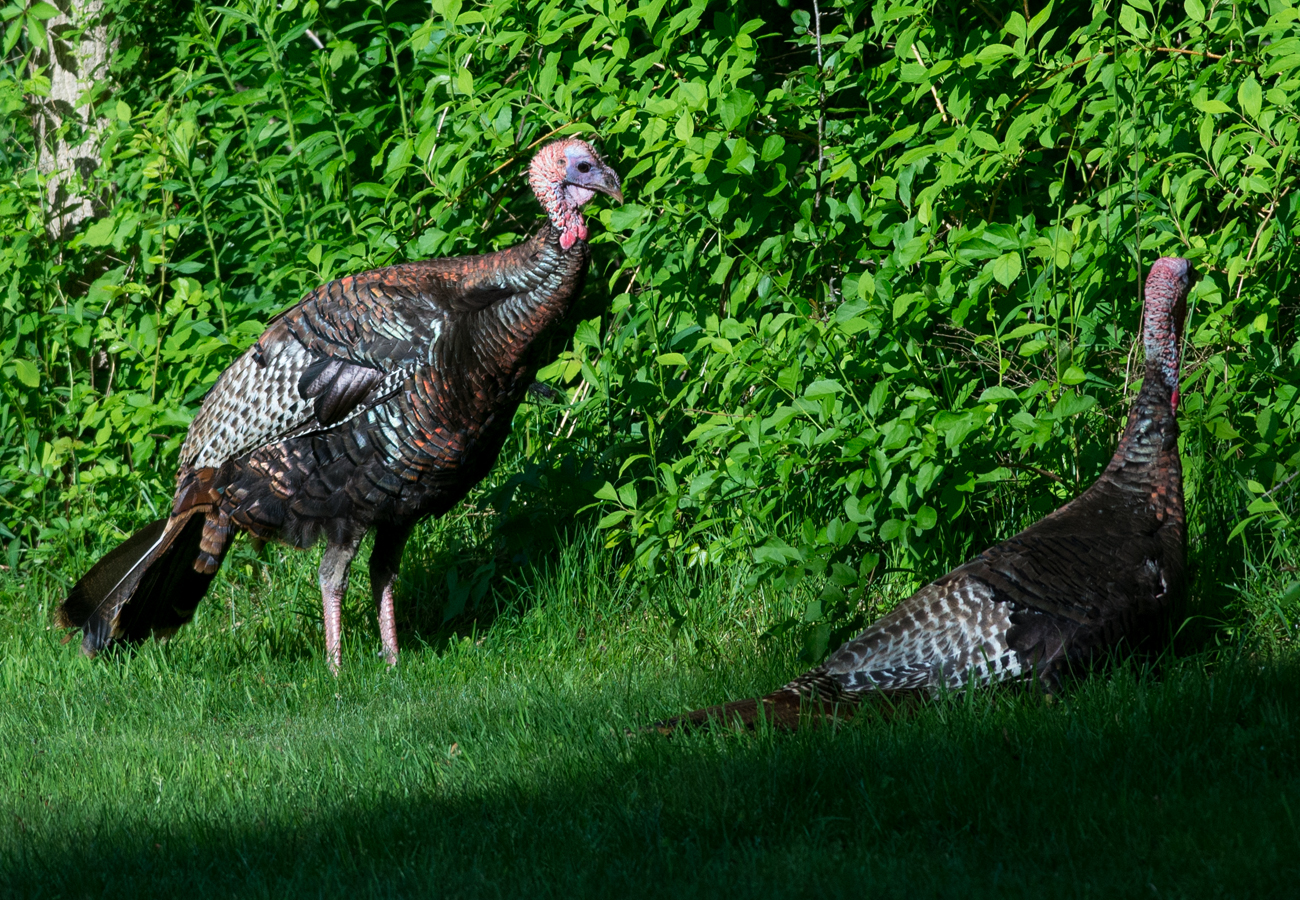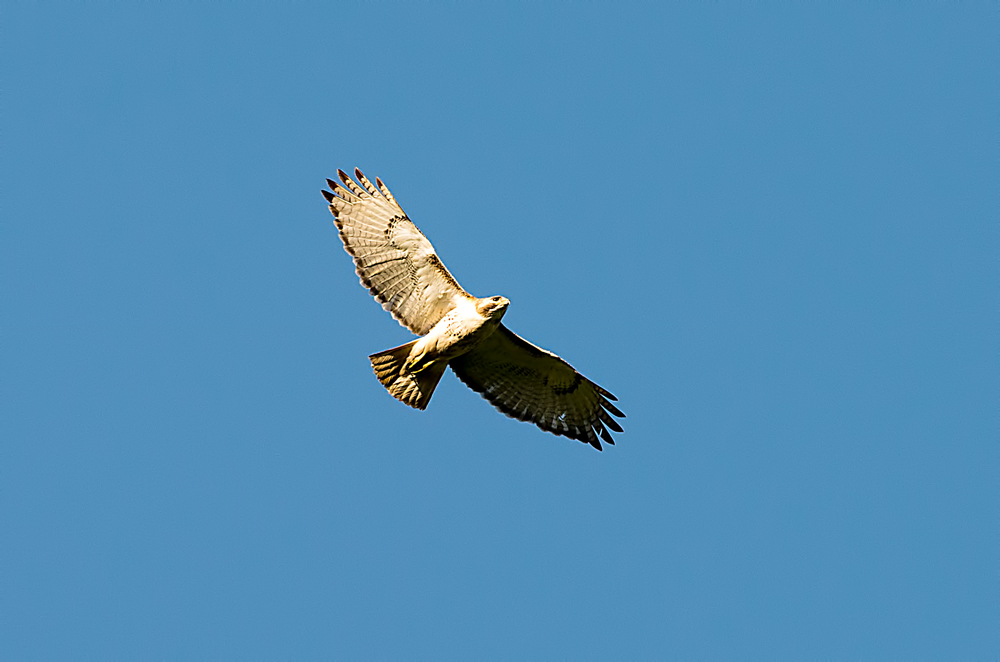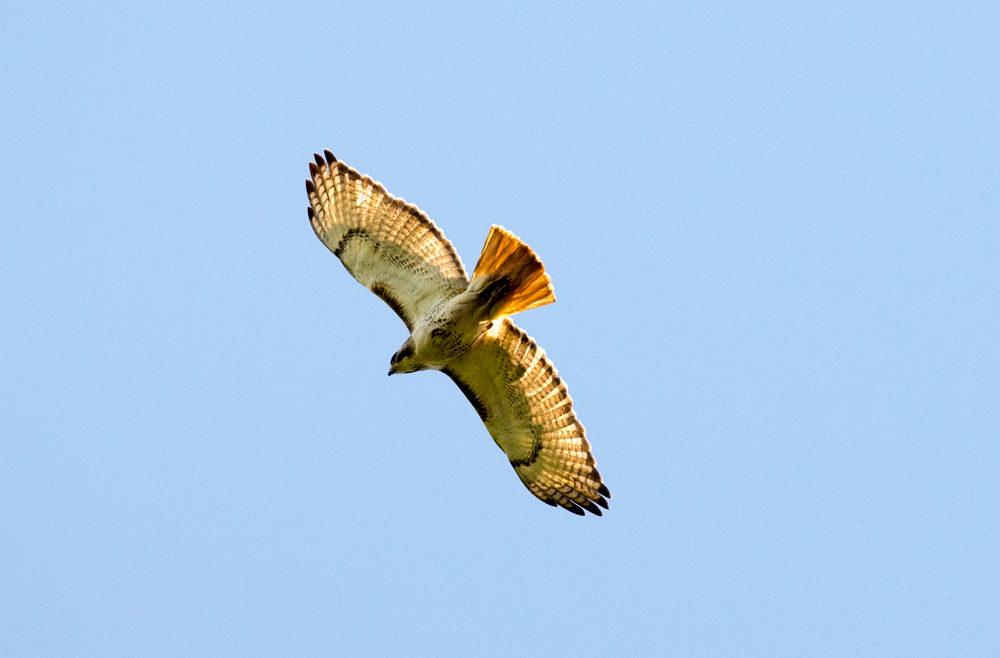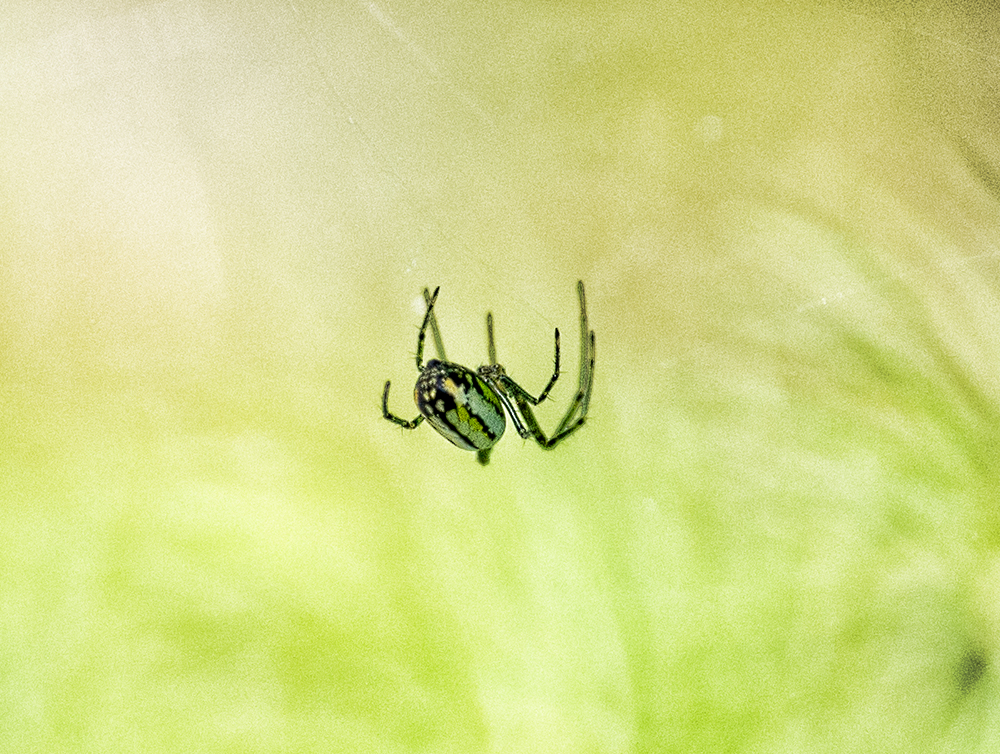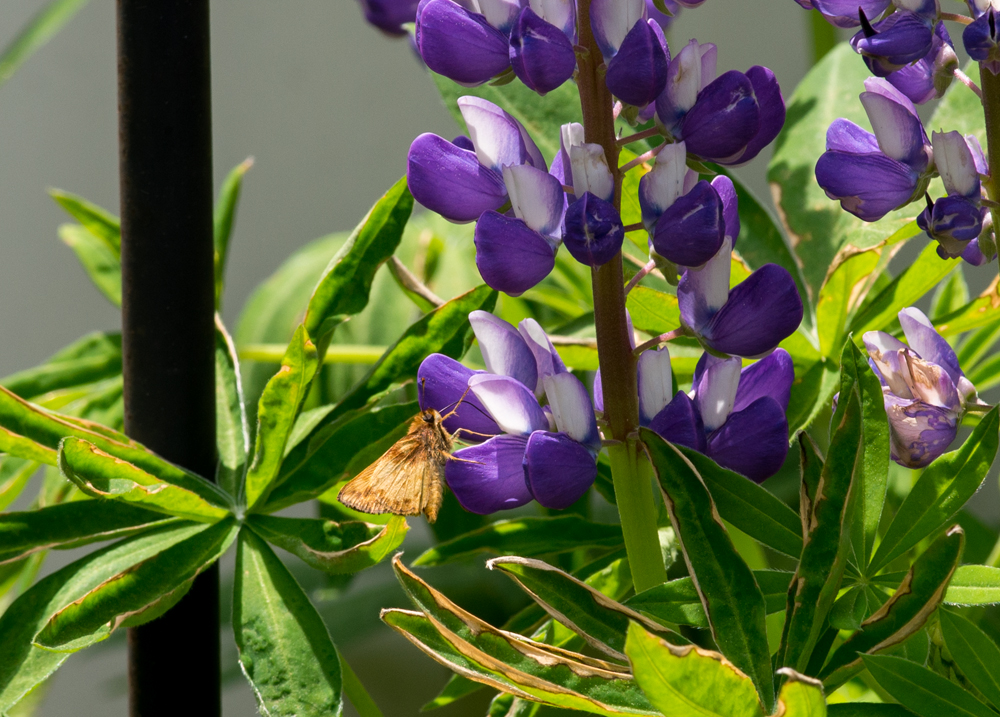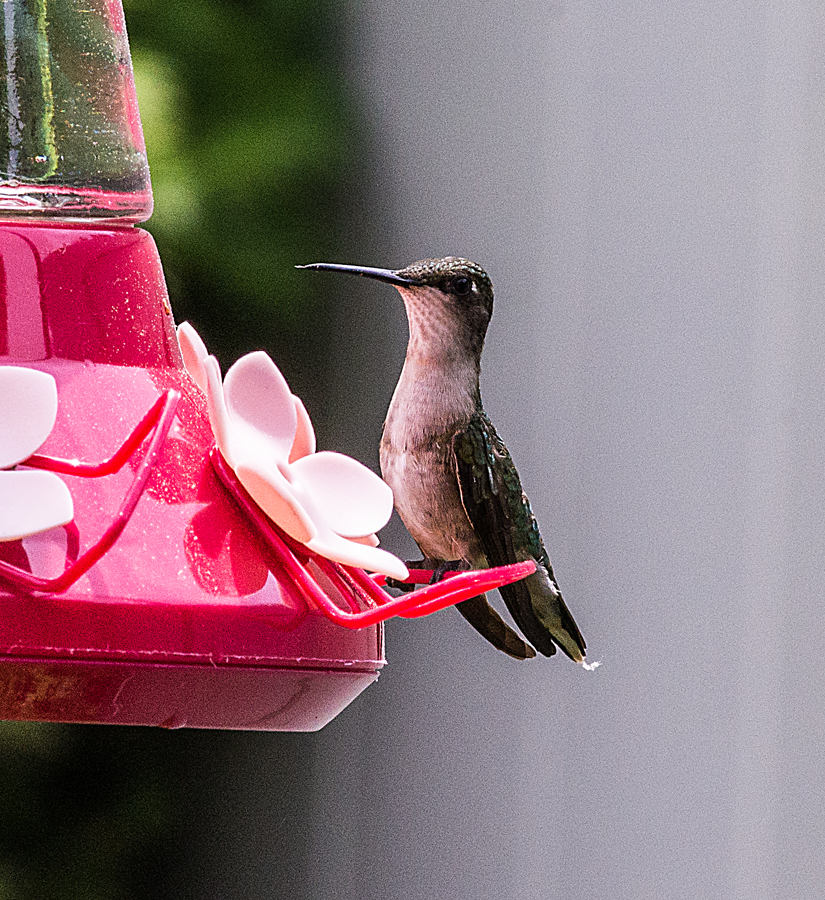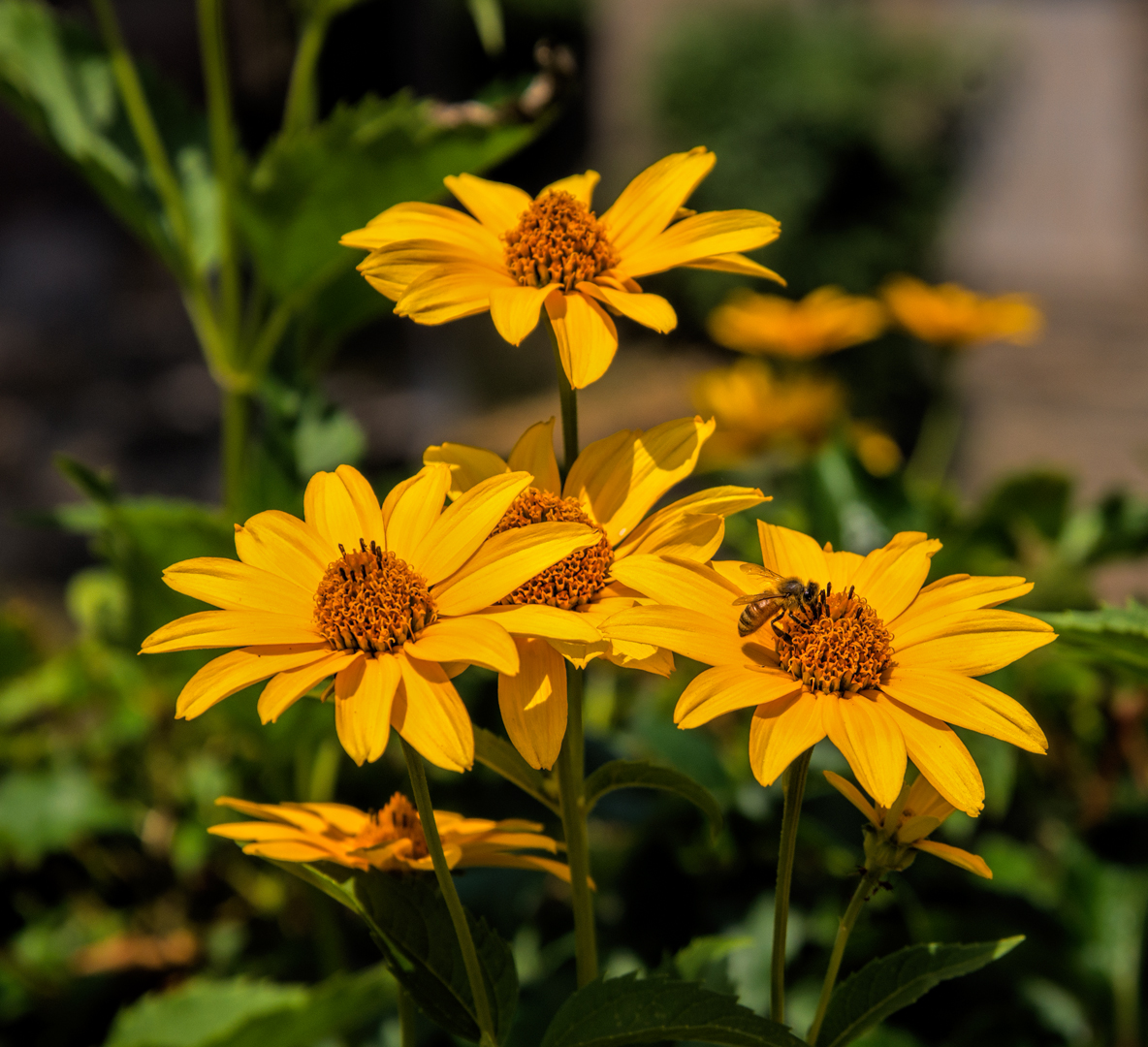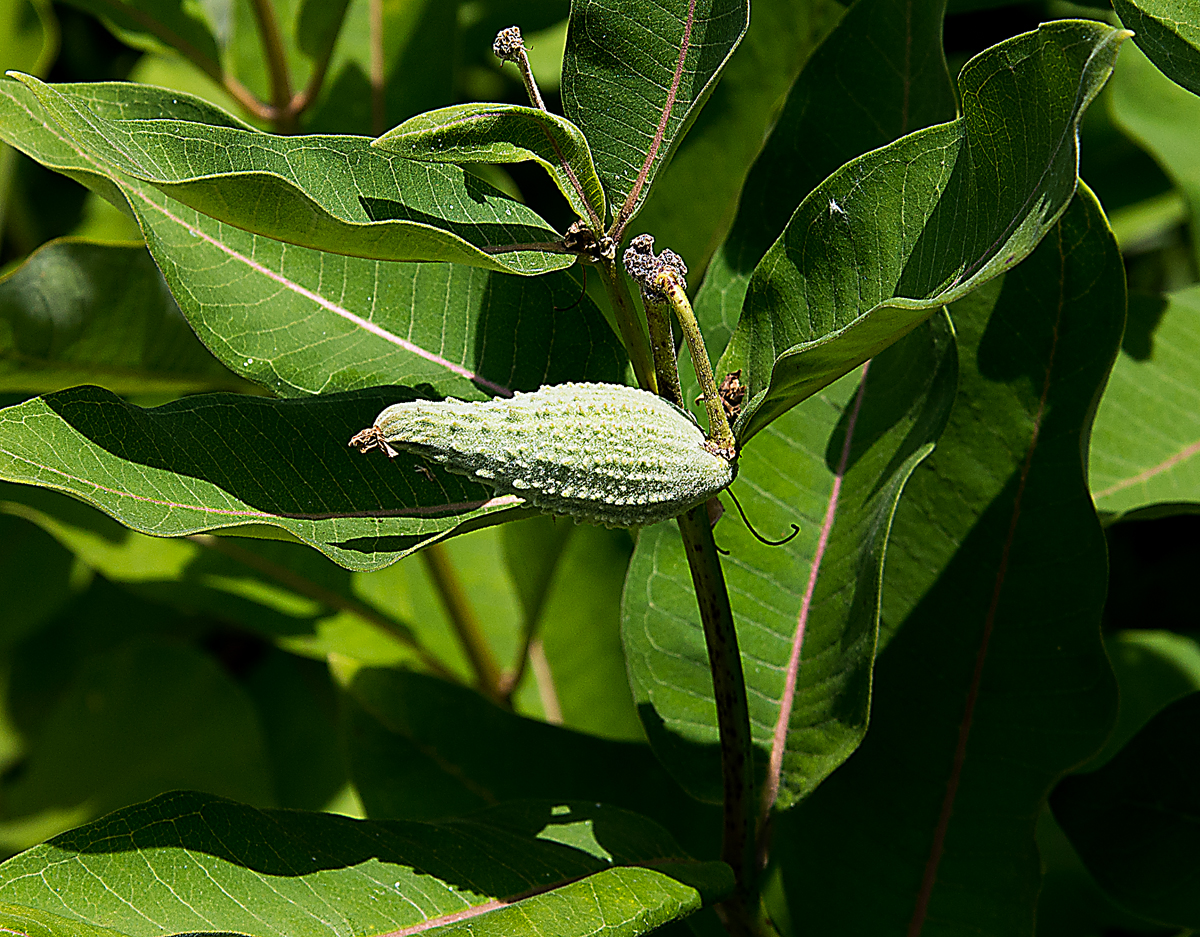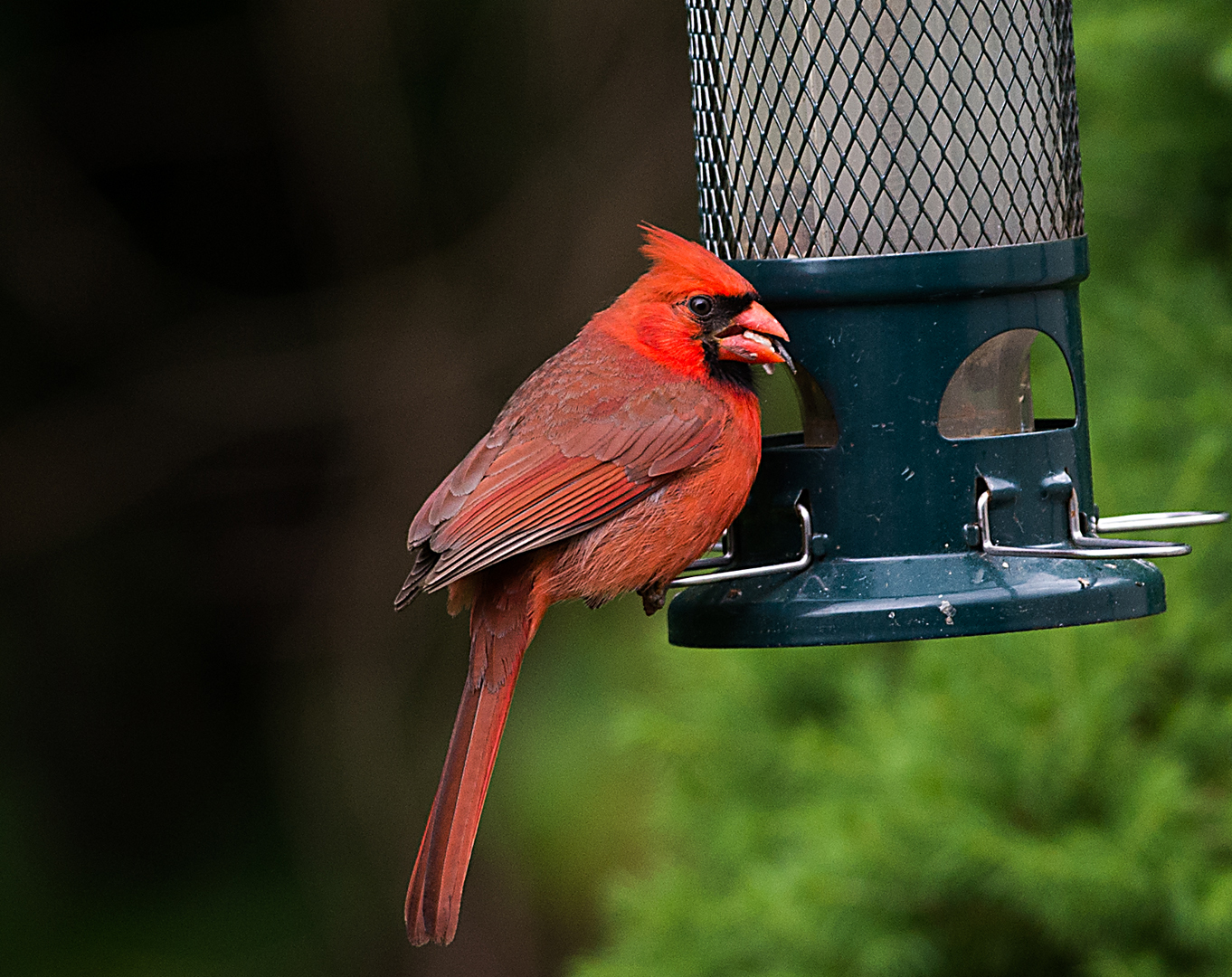
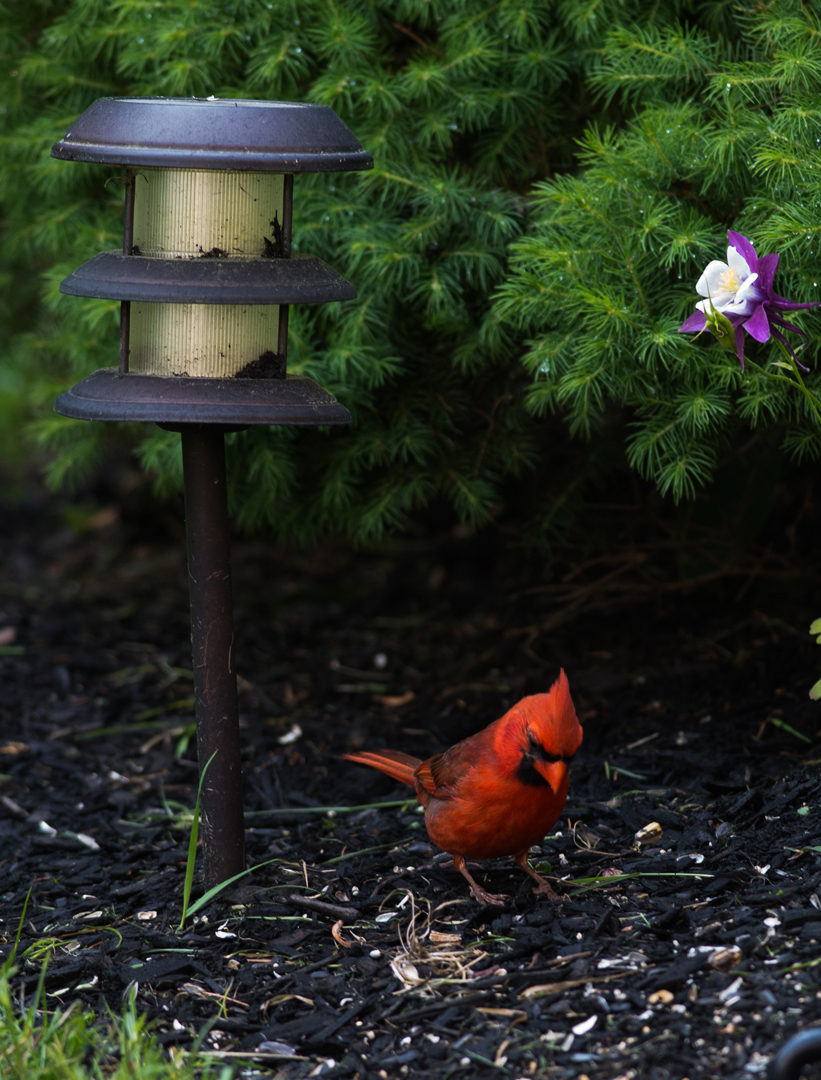
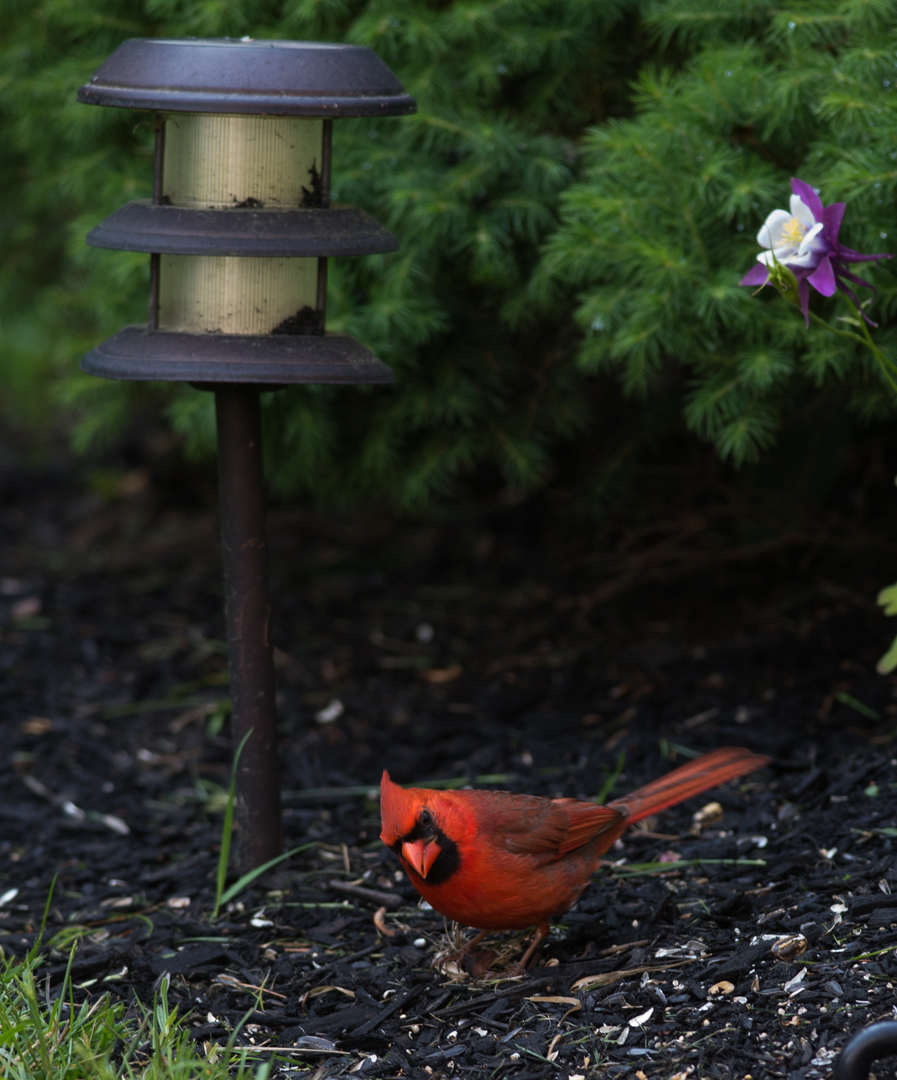
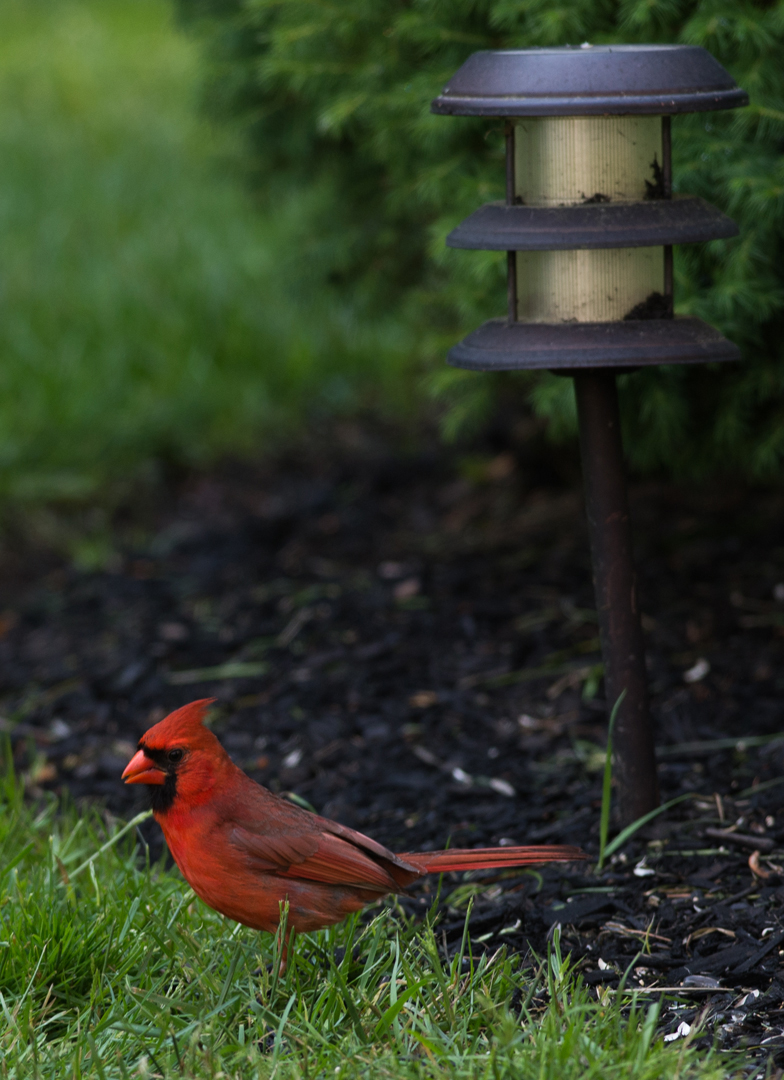
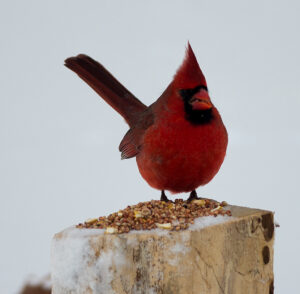

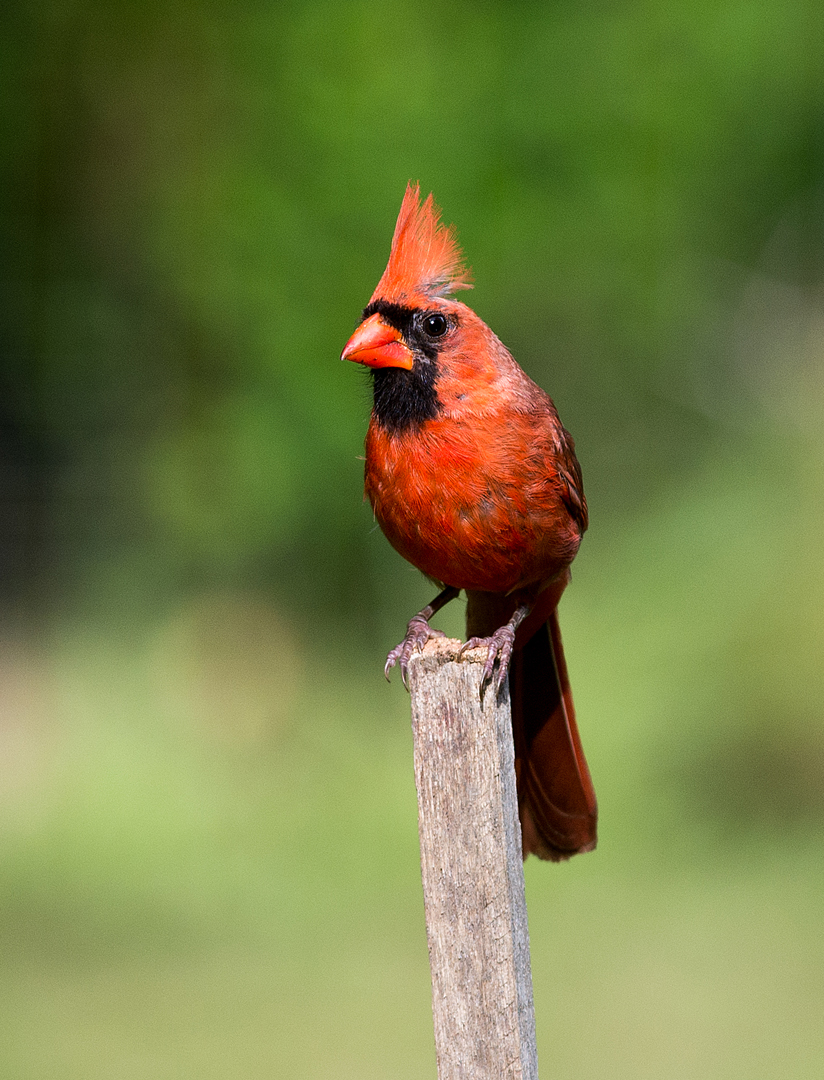
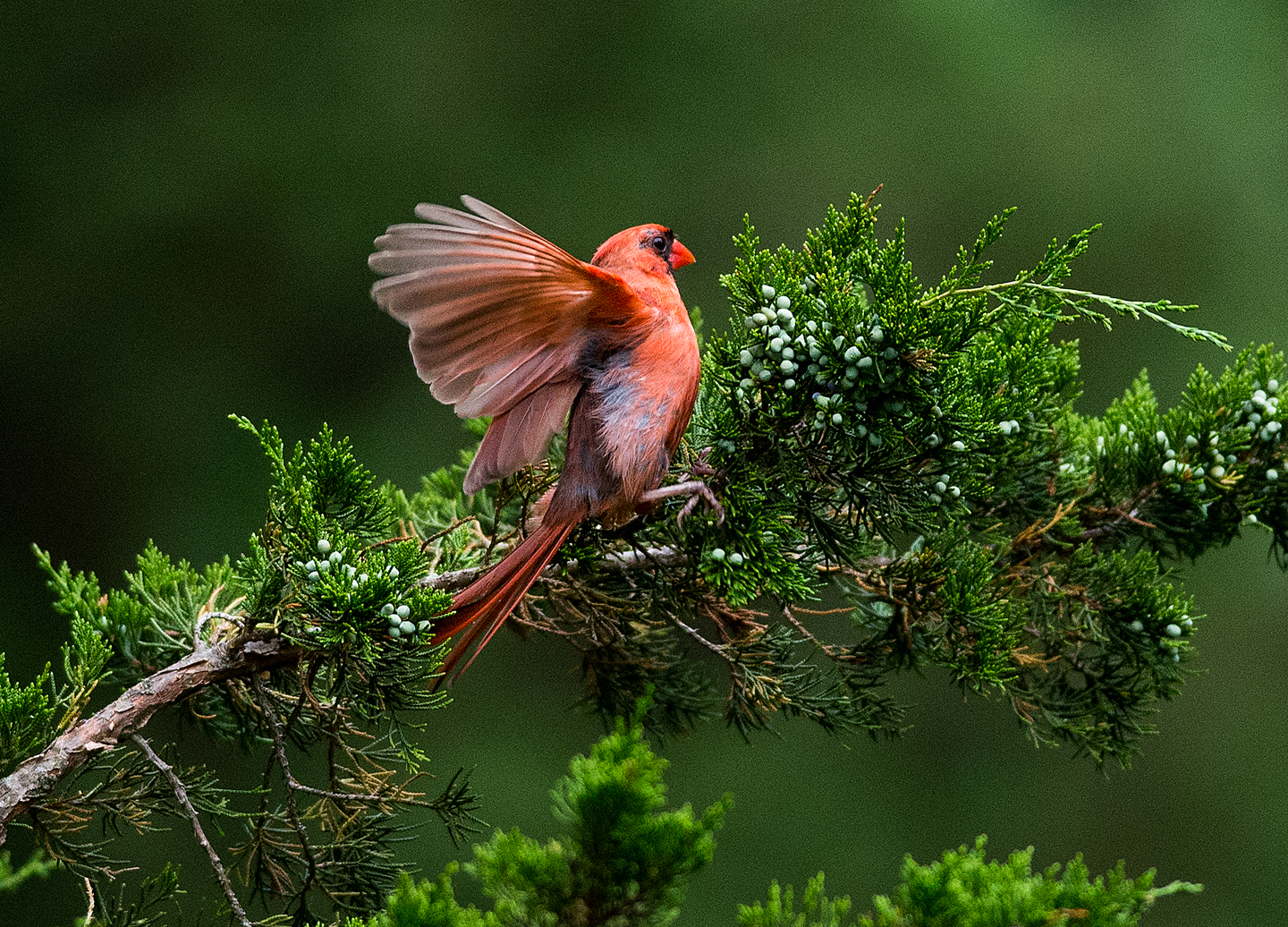
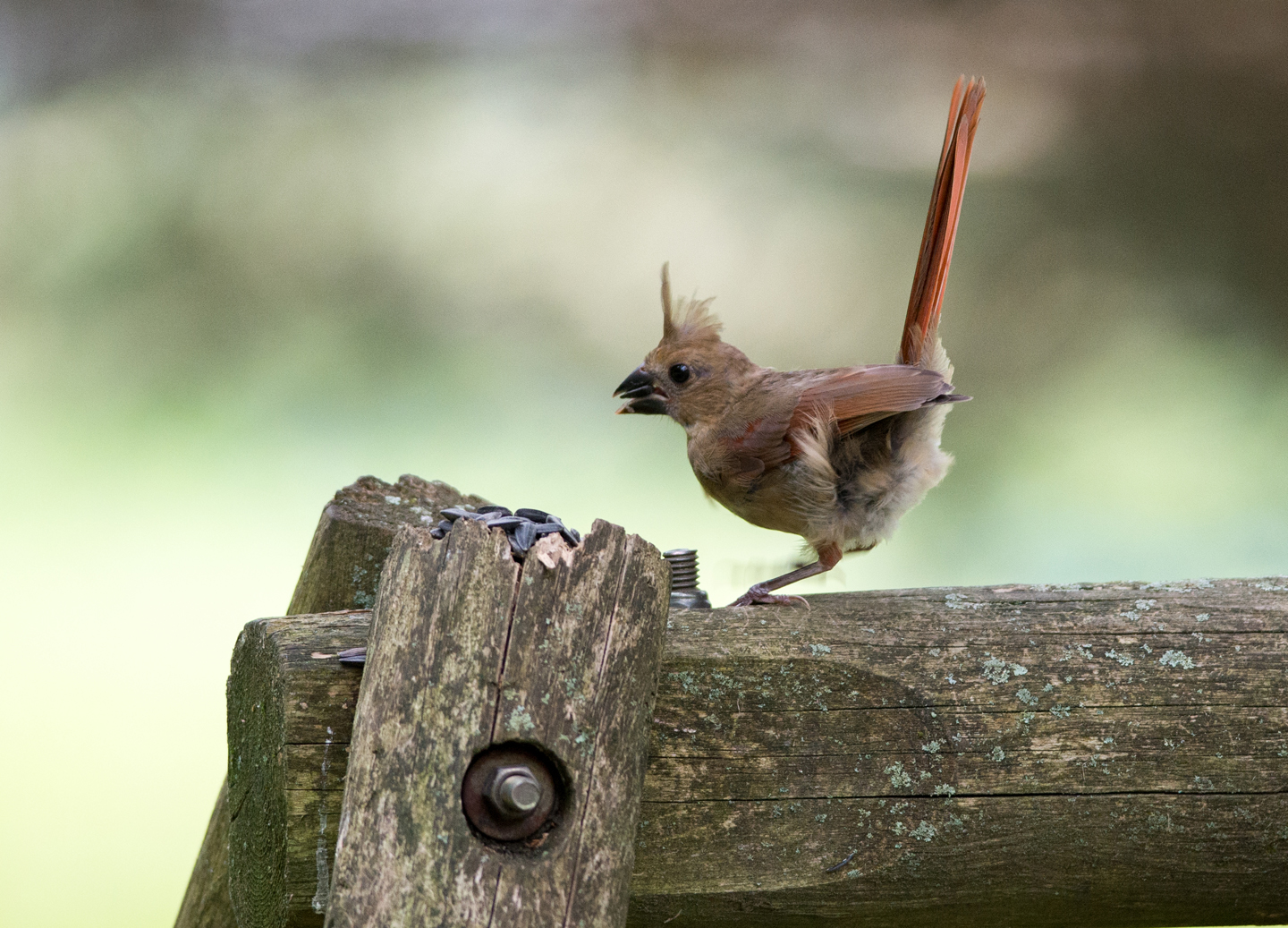
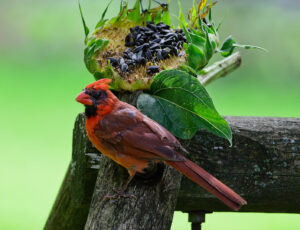
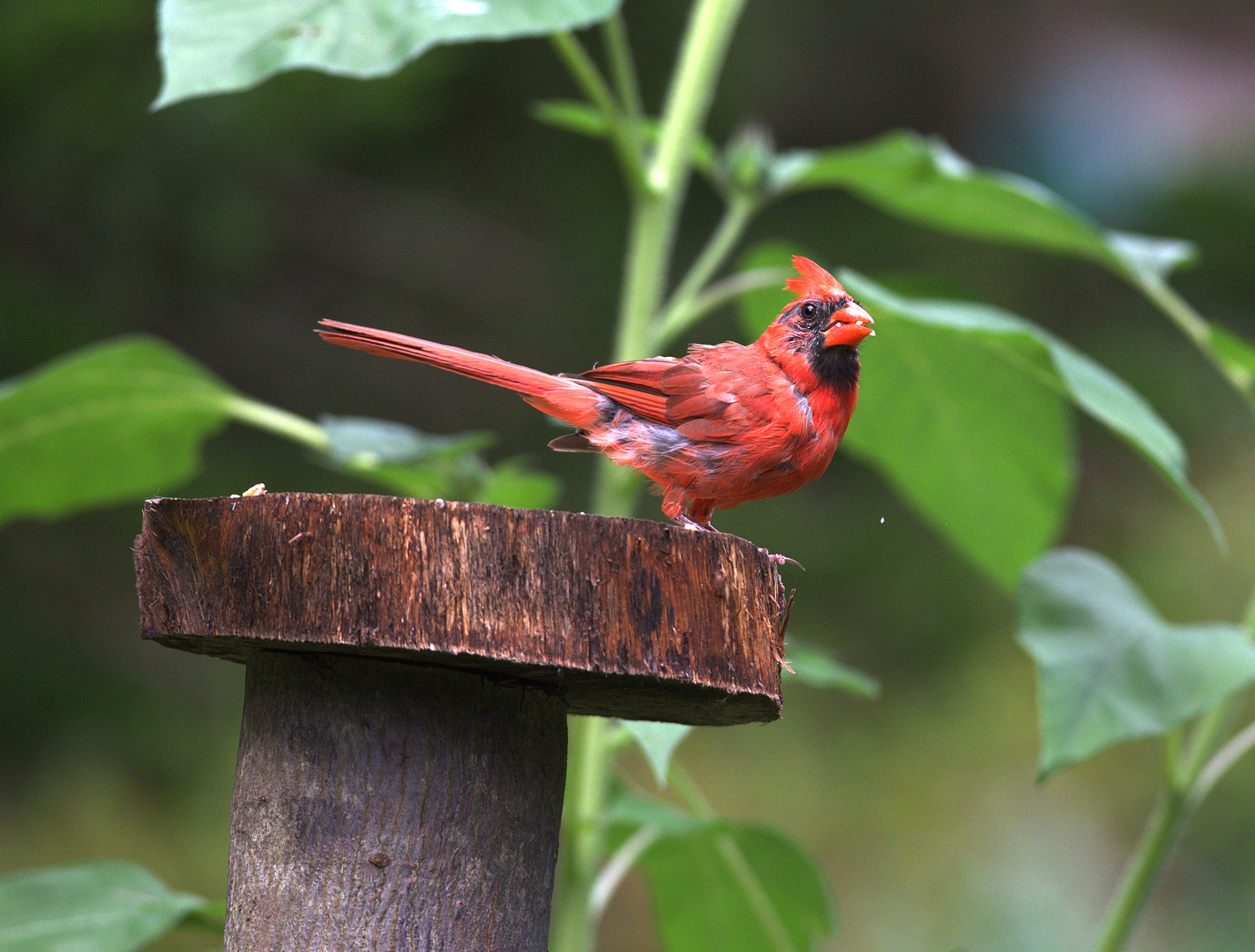
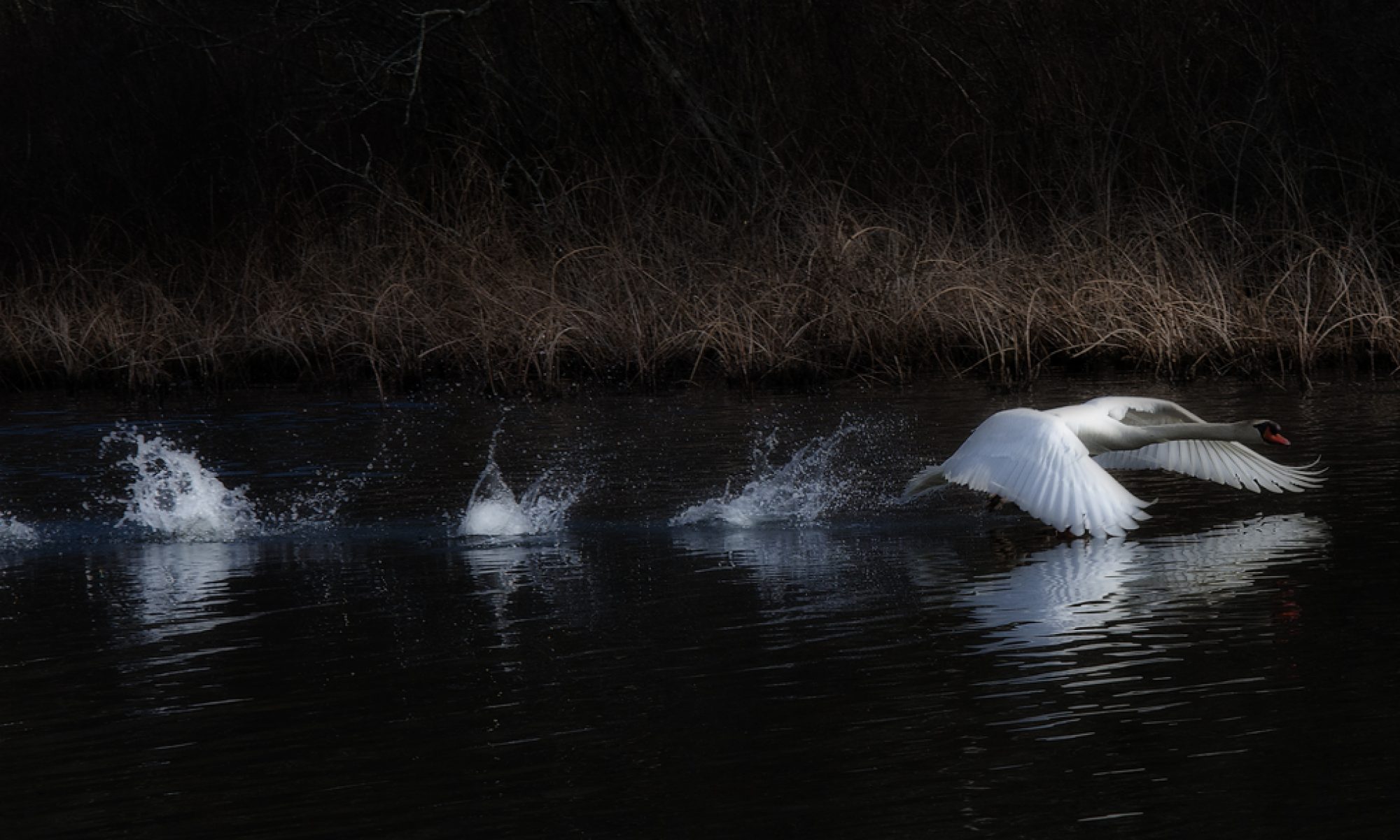
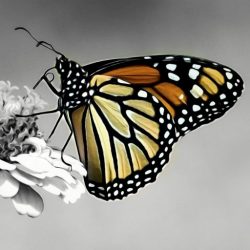
“Somewhere, something incredible is waiting to be known.”
No Further Than Your Backyard











The Common Grackle’s gregariousness has not made it popular with agricultural interests, since large flocks of blackbirds can cause extensive damage to crops. In addition, roosts in urban areas are messy, noisy, and potentially a source of disease. As a result, grackles are viewed as pests in some areas and subject to a variety of control measures, including hazing, spraying crops to make them distasteful, or – in some cases – killing the birds themselves.
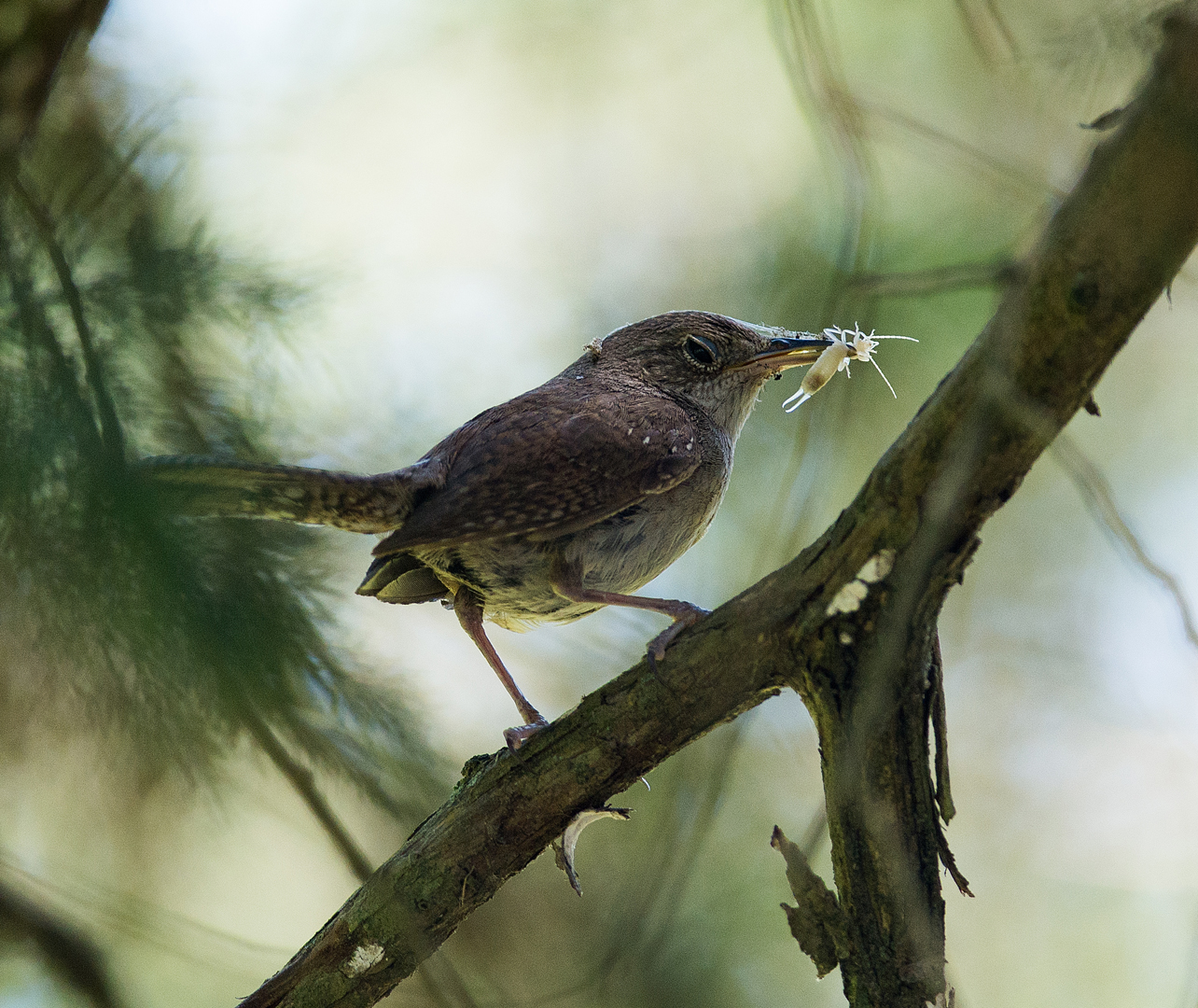
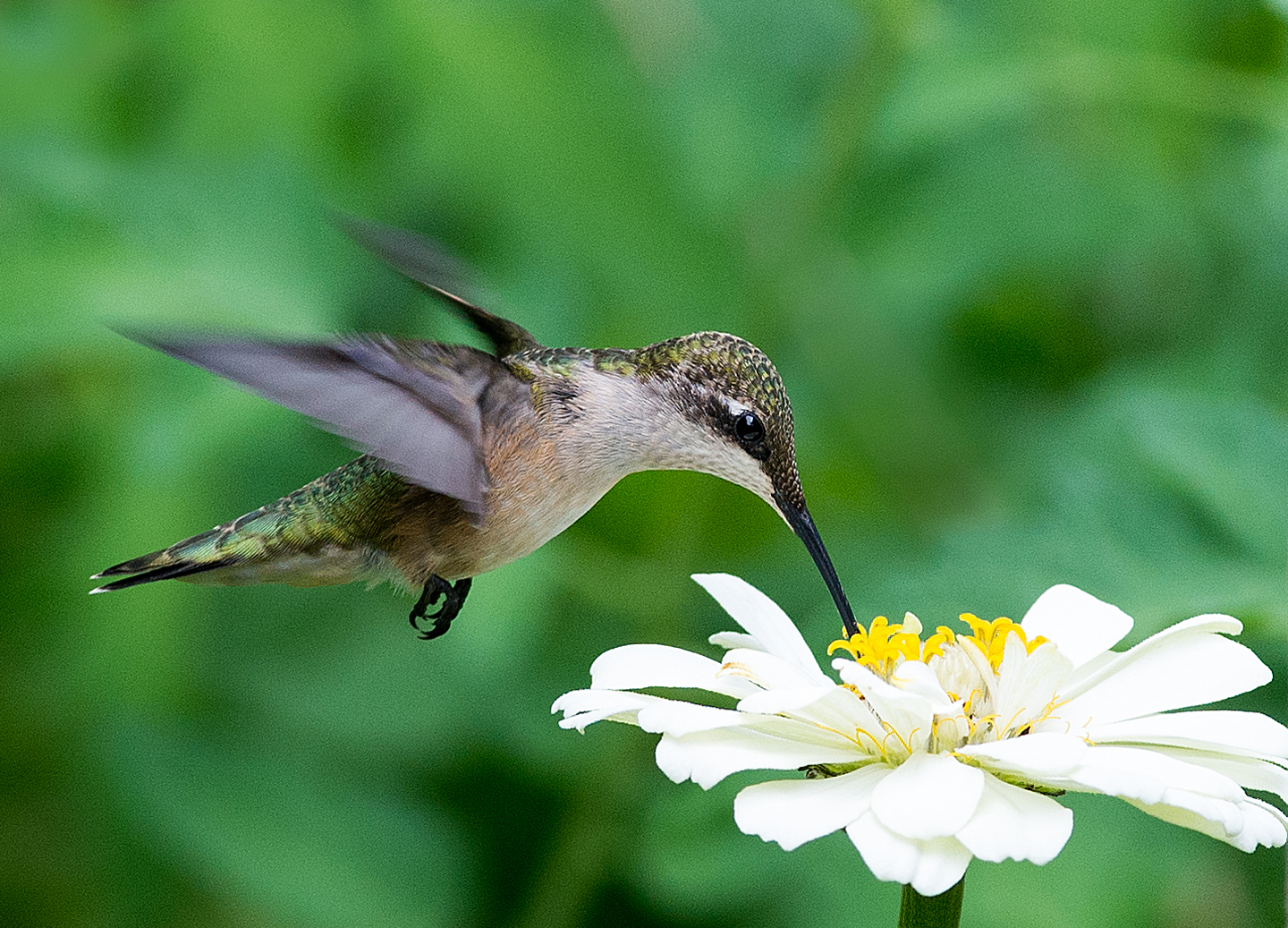
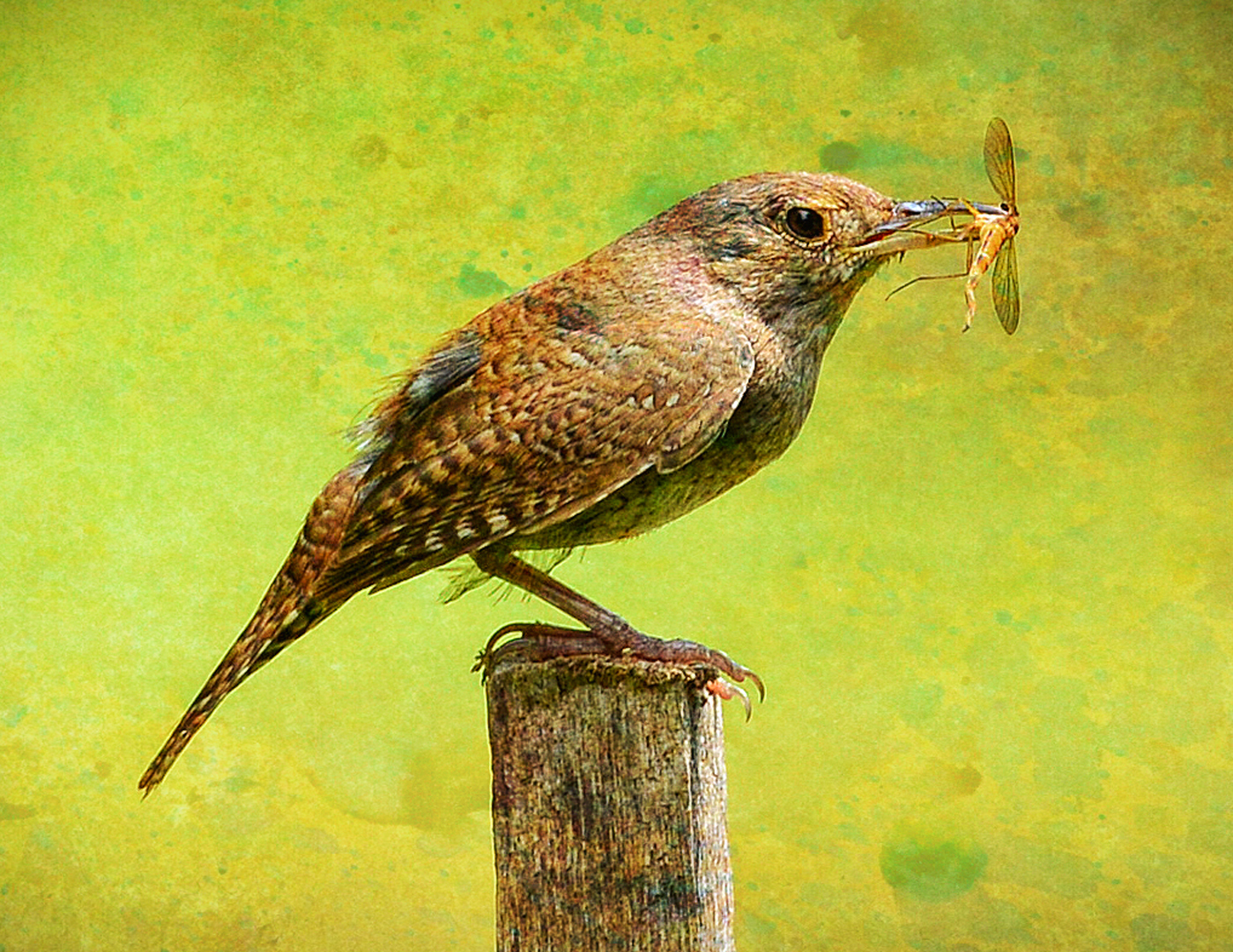
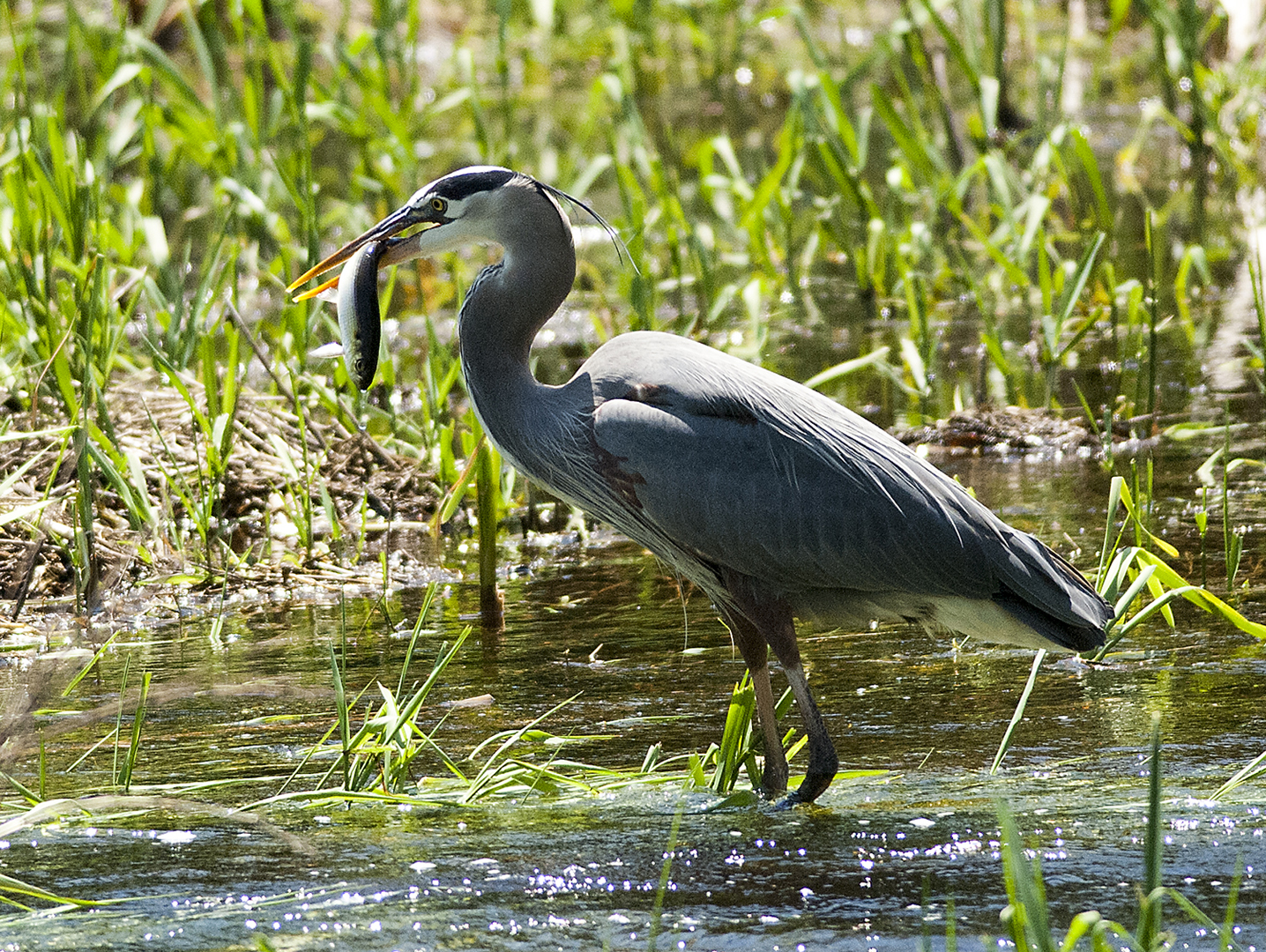
According to MassWildlife, today there are between 31,000 and 35,000 of these birds across the state. In 1978, there were approximately 1,000 birds across the state. the urban birds continue to flourish in New England. Now wildlife agencies across the region are tasked with managing both the Wild Turkeys and their human neighbors to make sure encounters don’t go awry. The answer, biologists say, is simple: “We just need to stop feeding them”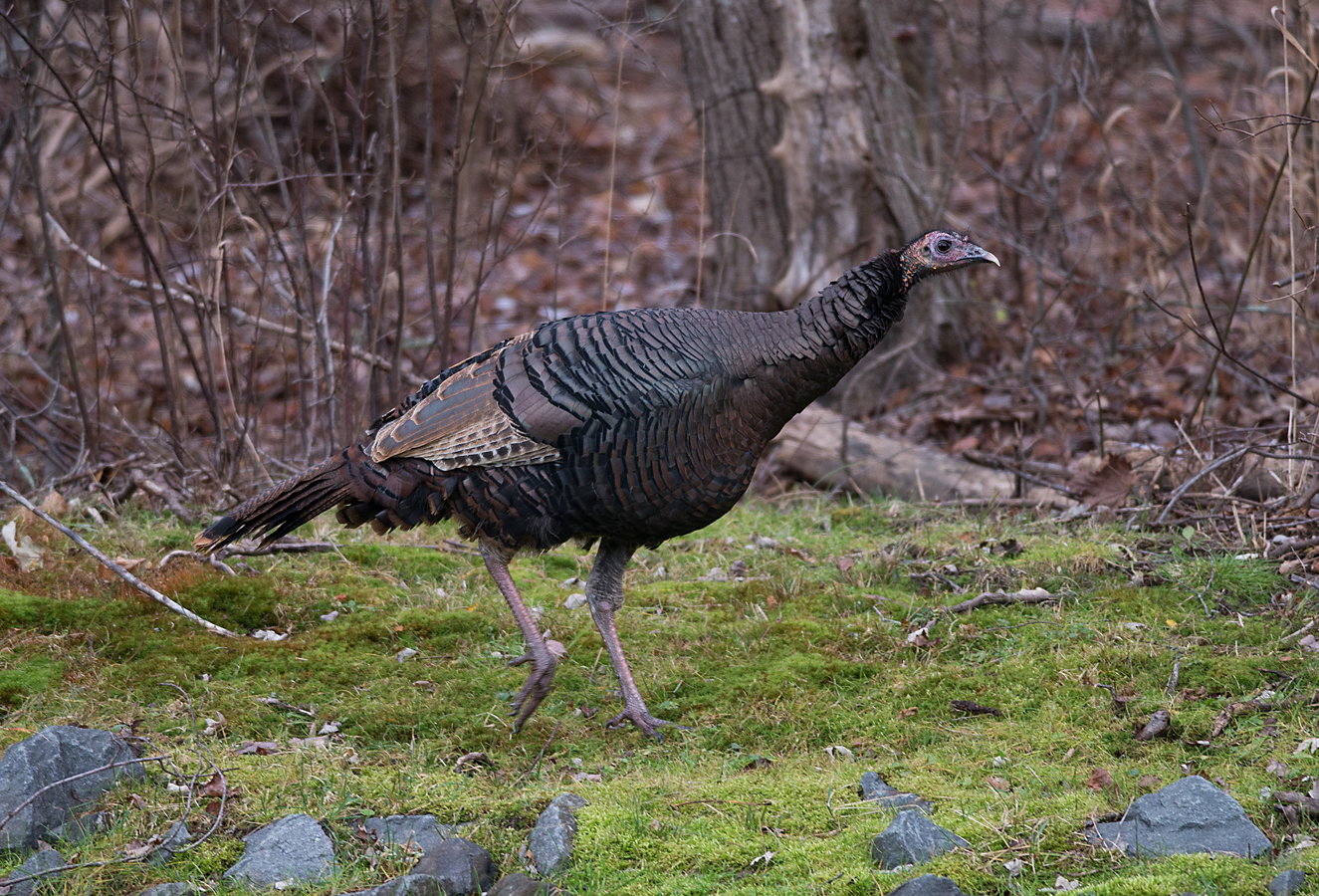
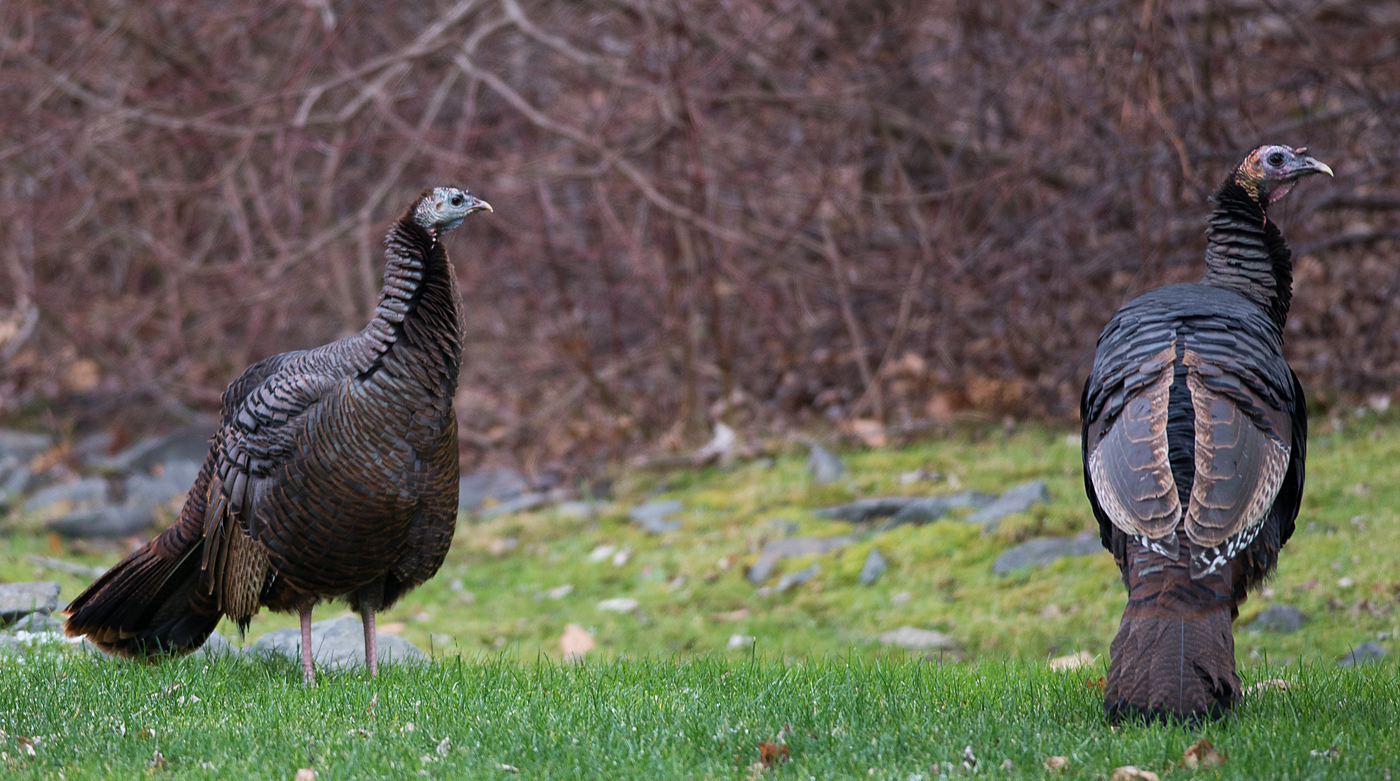
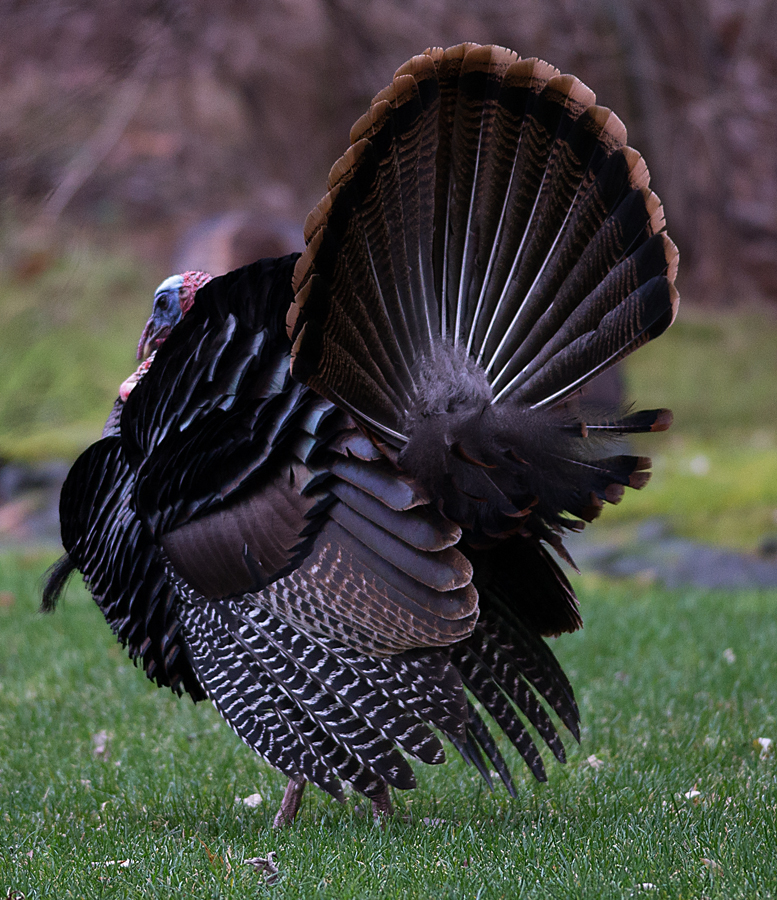
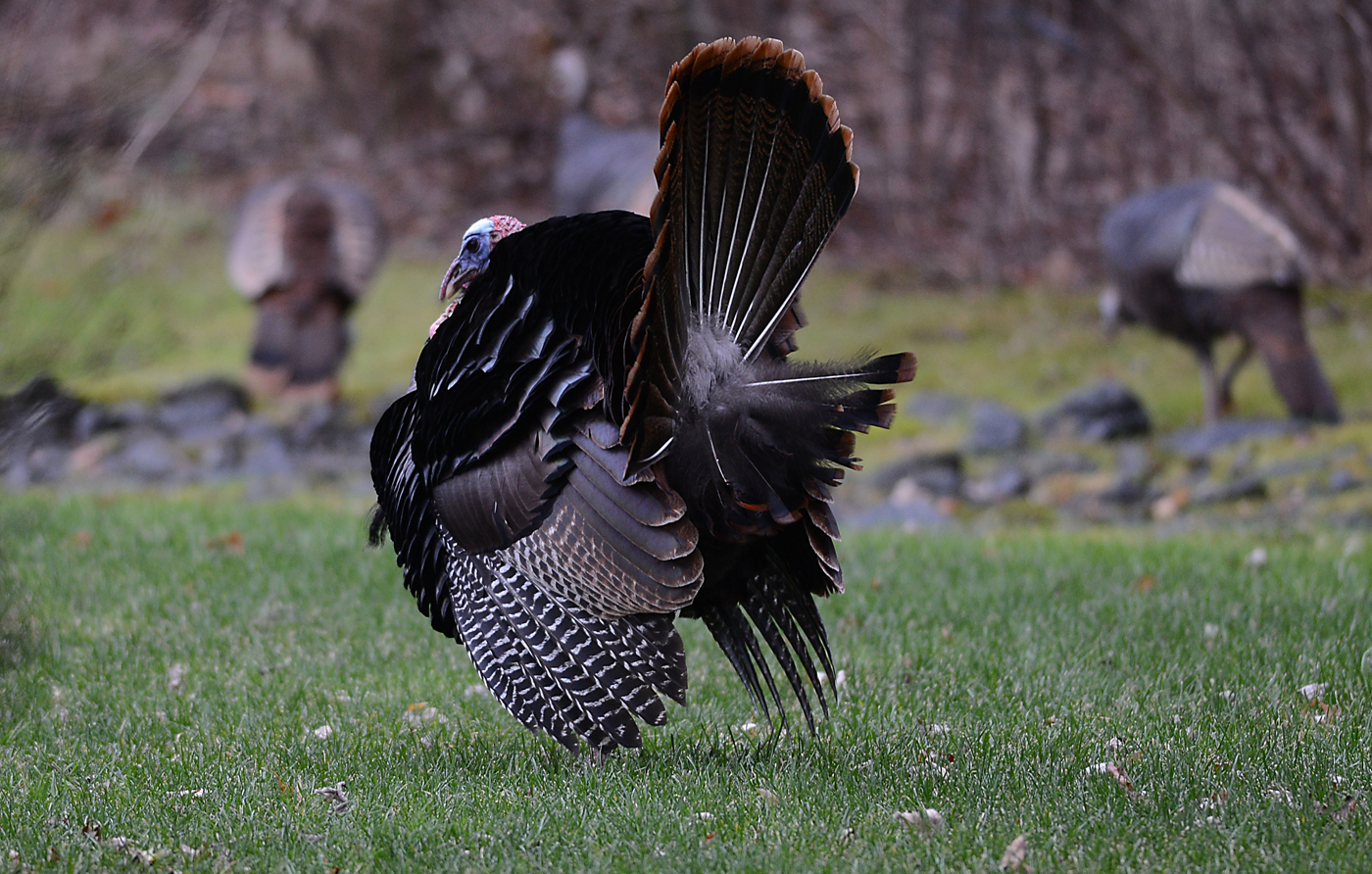
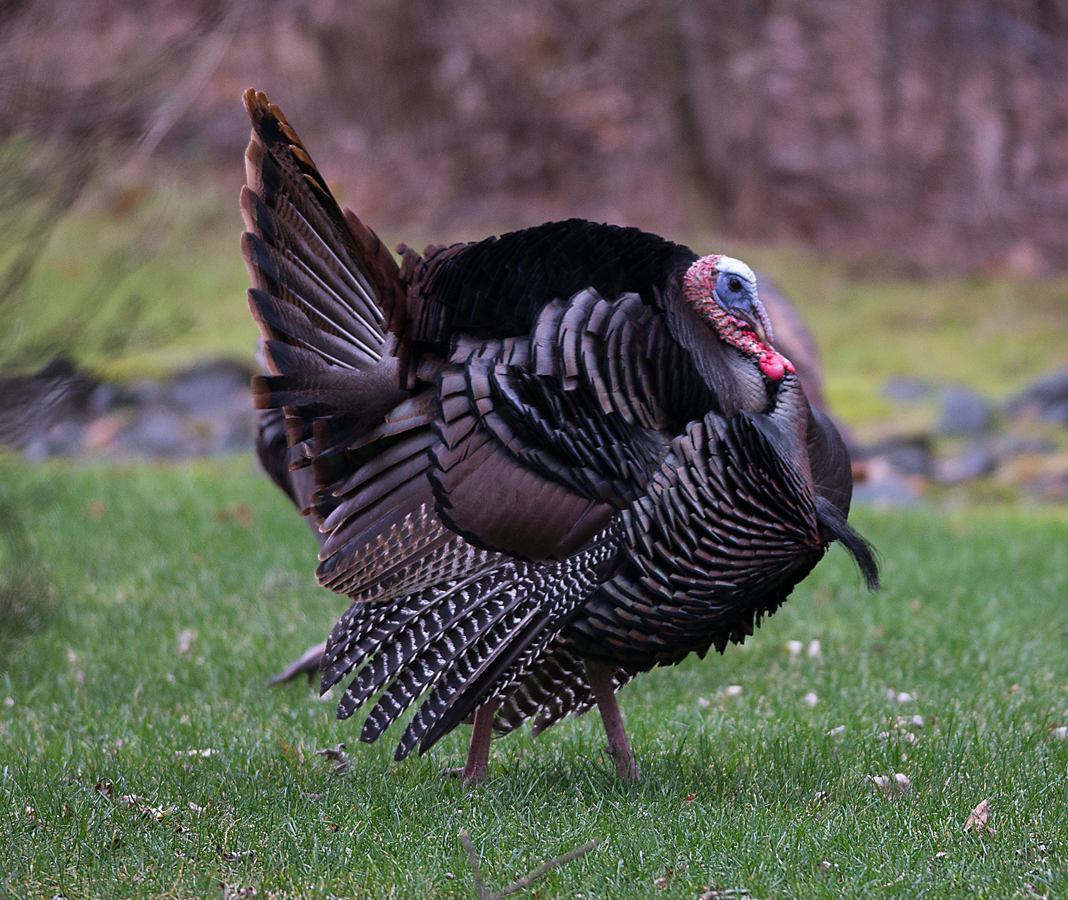
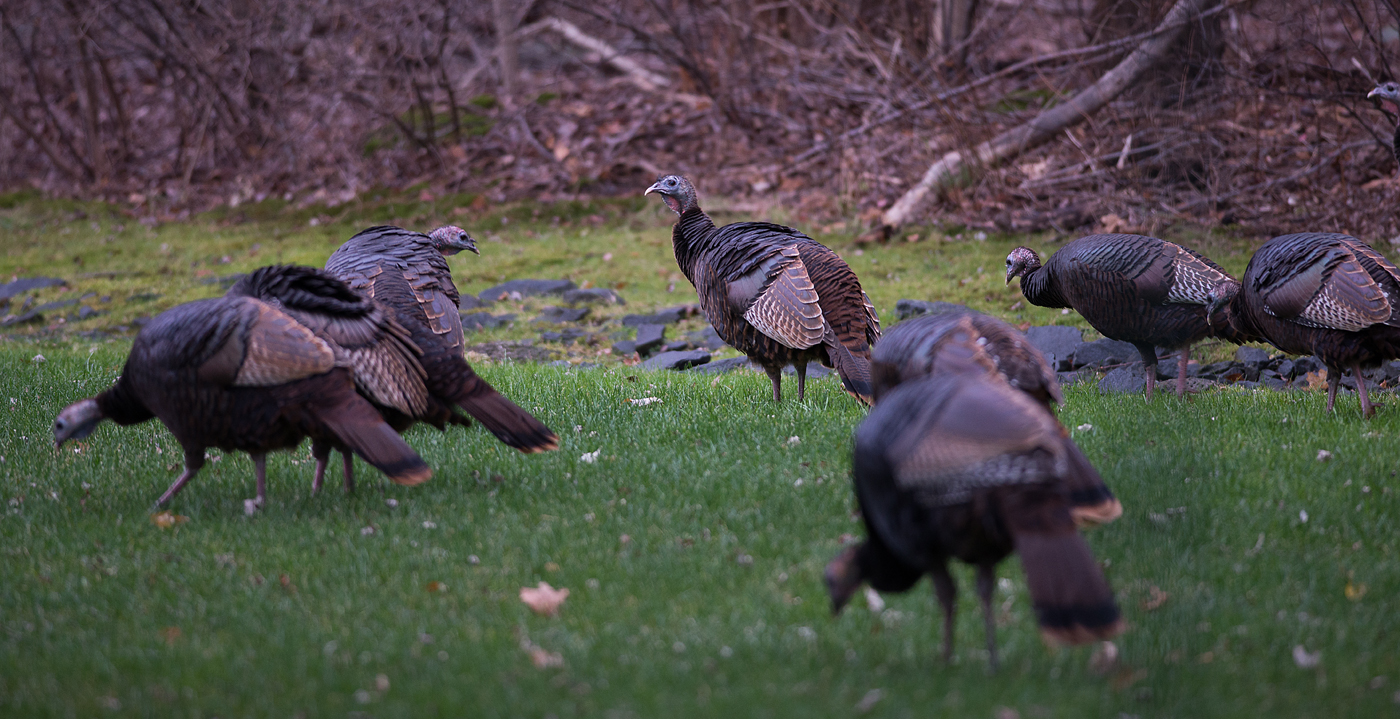
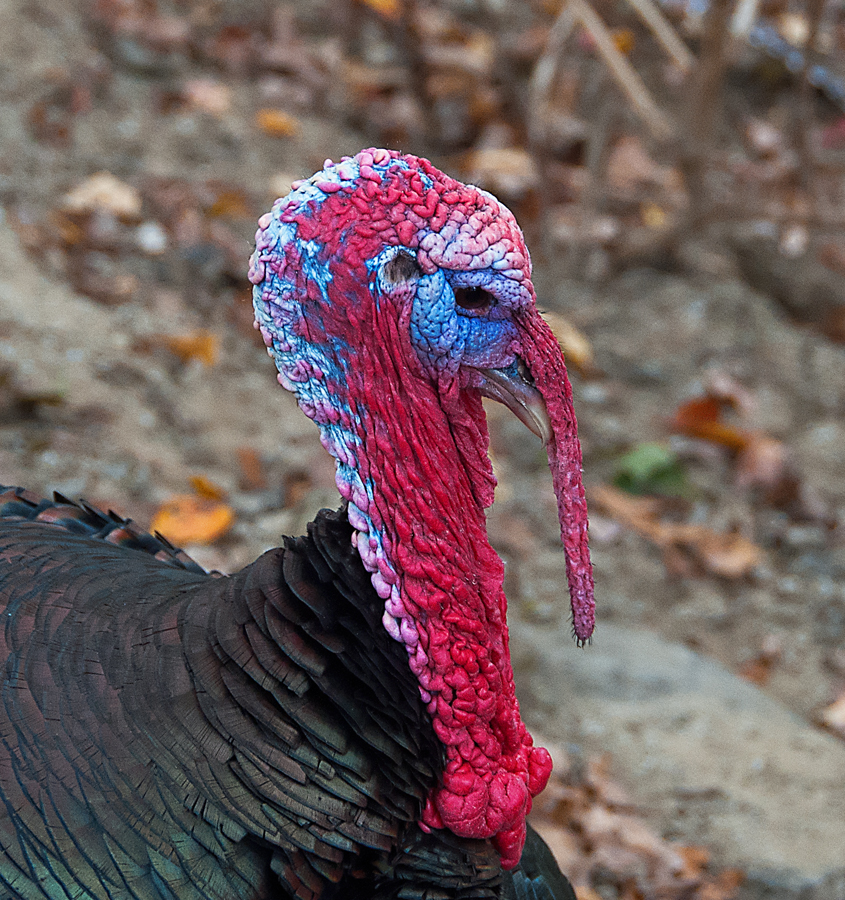
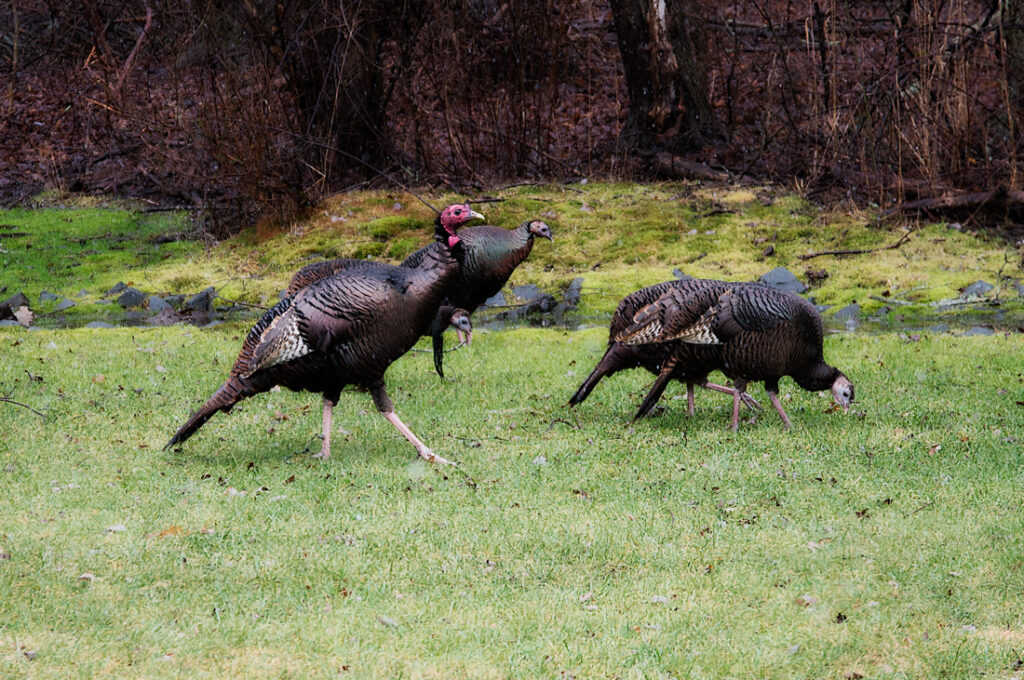
Our white-tailed deer in Massachusetts get their iconic name from the white underside of their tail, which they raise when alarmed. Here on the east side of Taunton, down by the Glen, always plenty to see. It has been said, they are attracted to people who have inner peace within themselves and are guided by their highest truth.
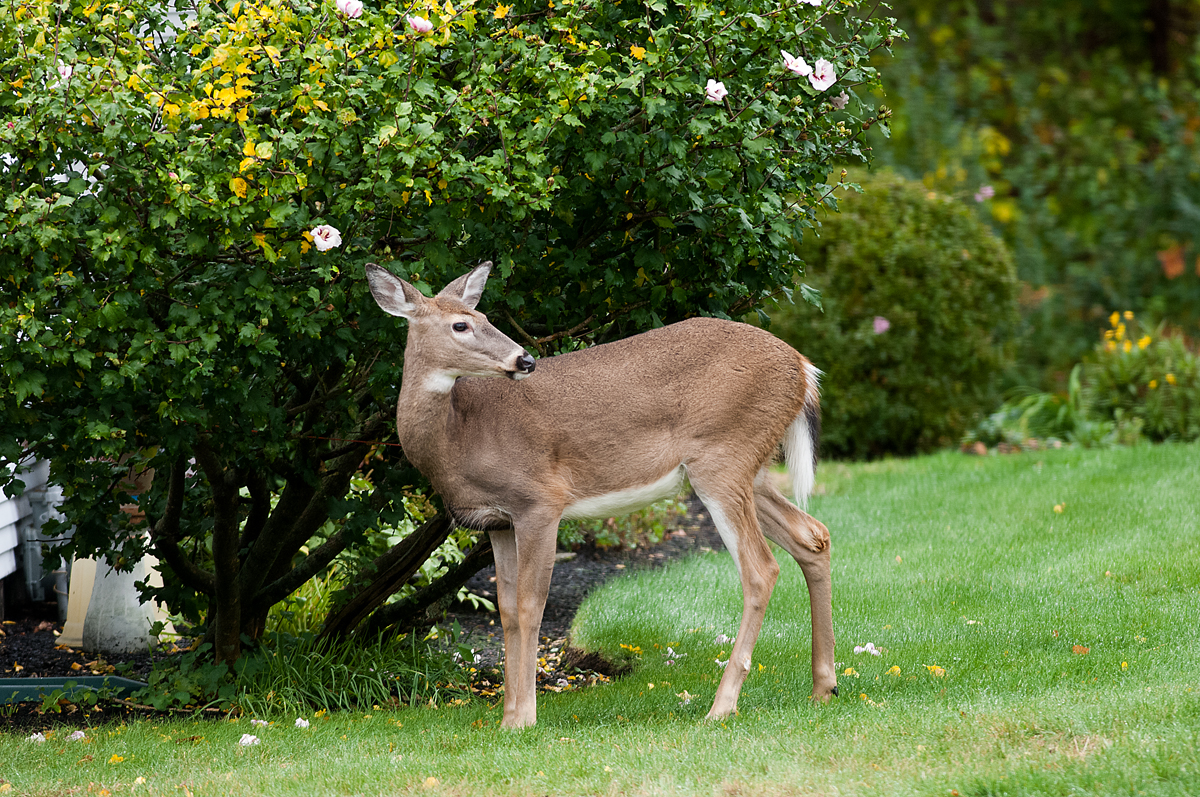
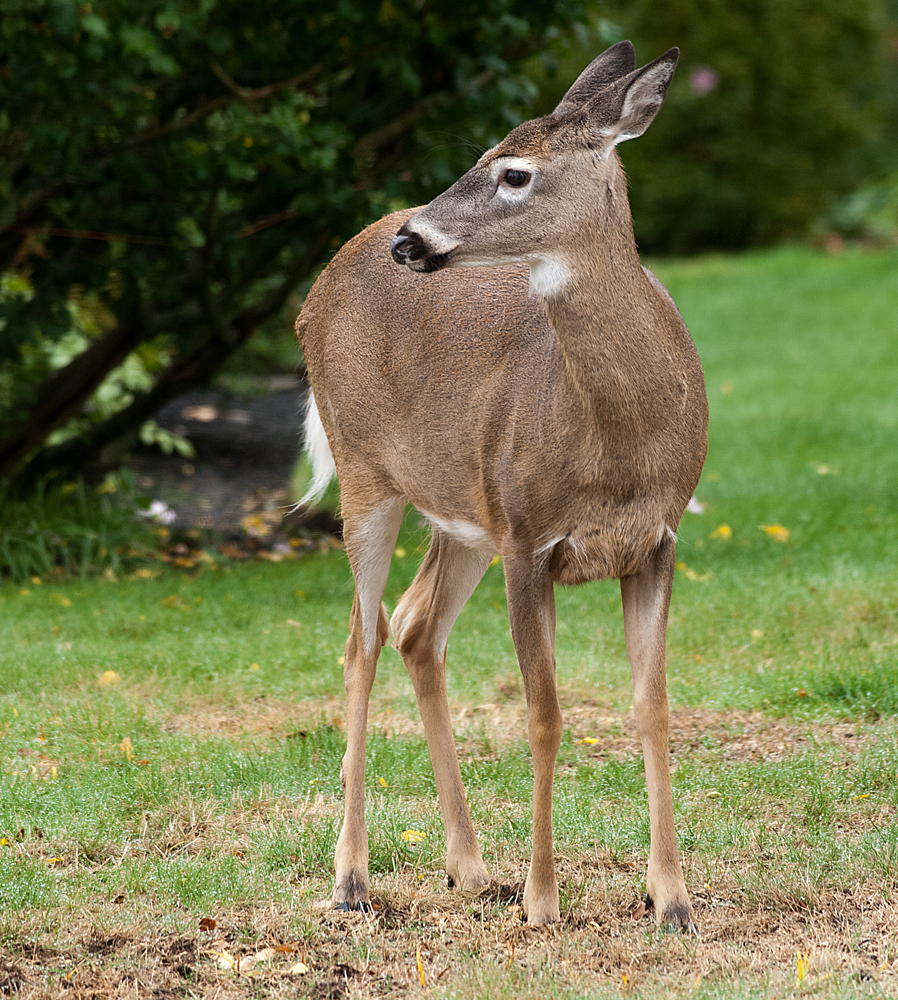
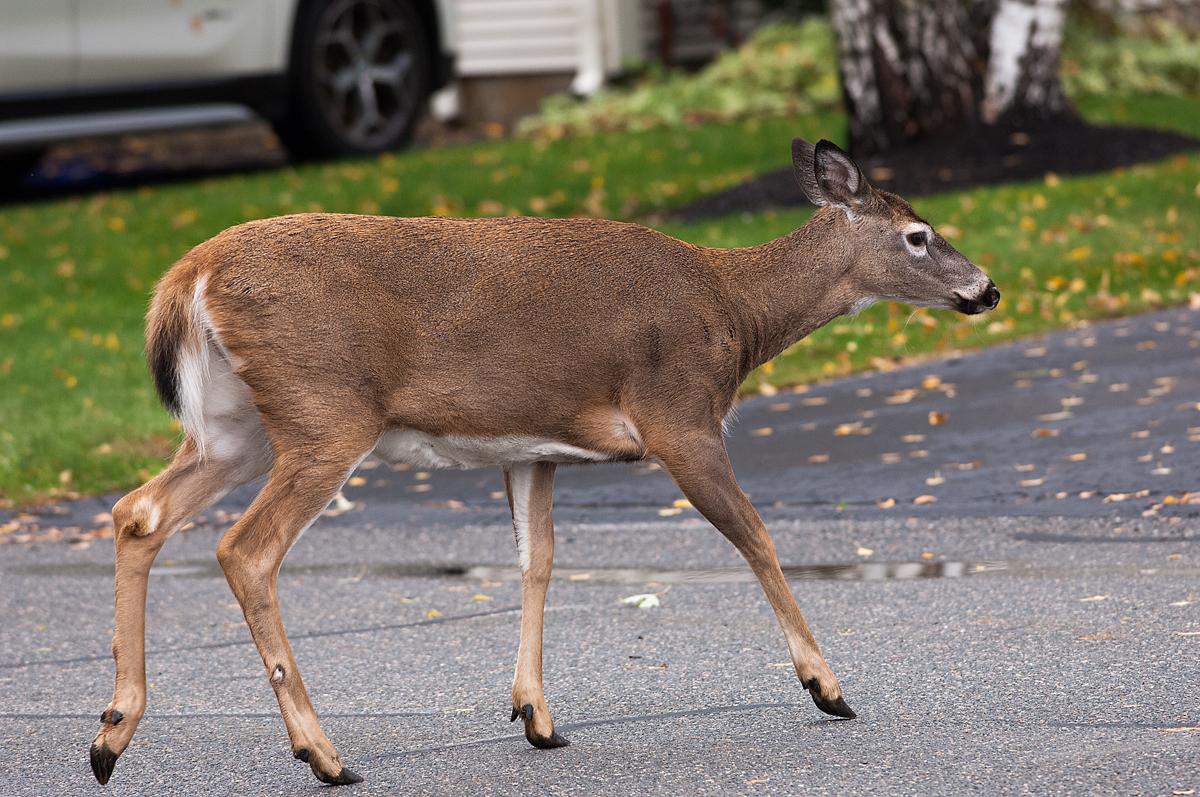
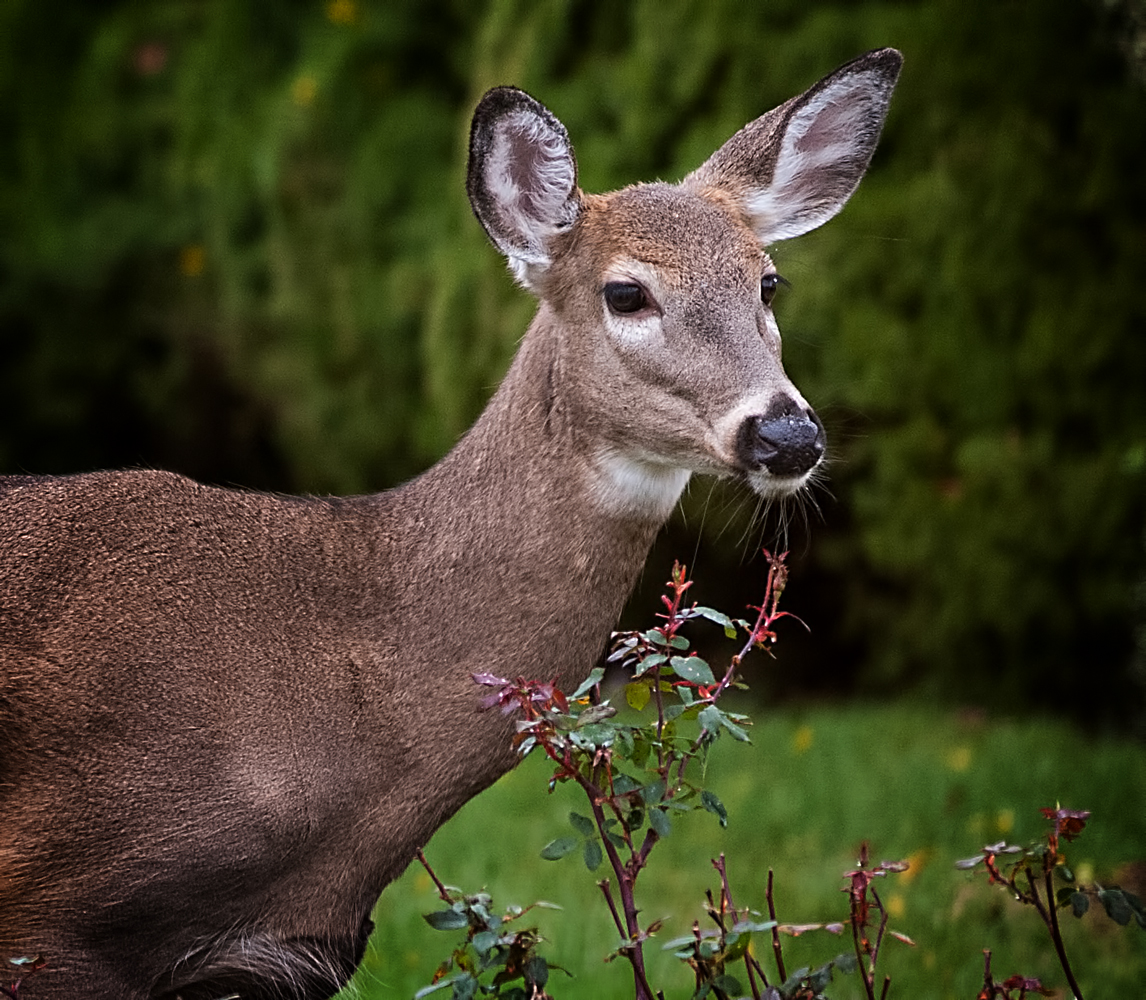
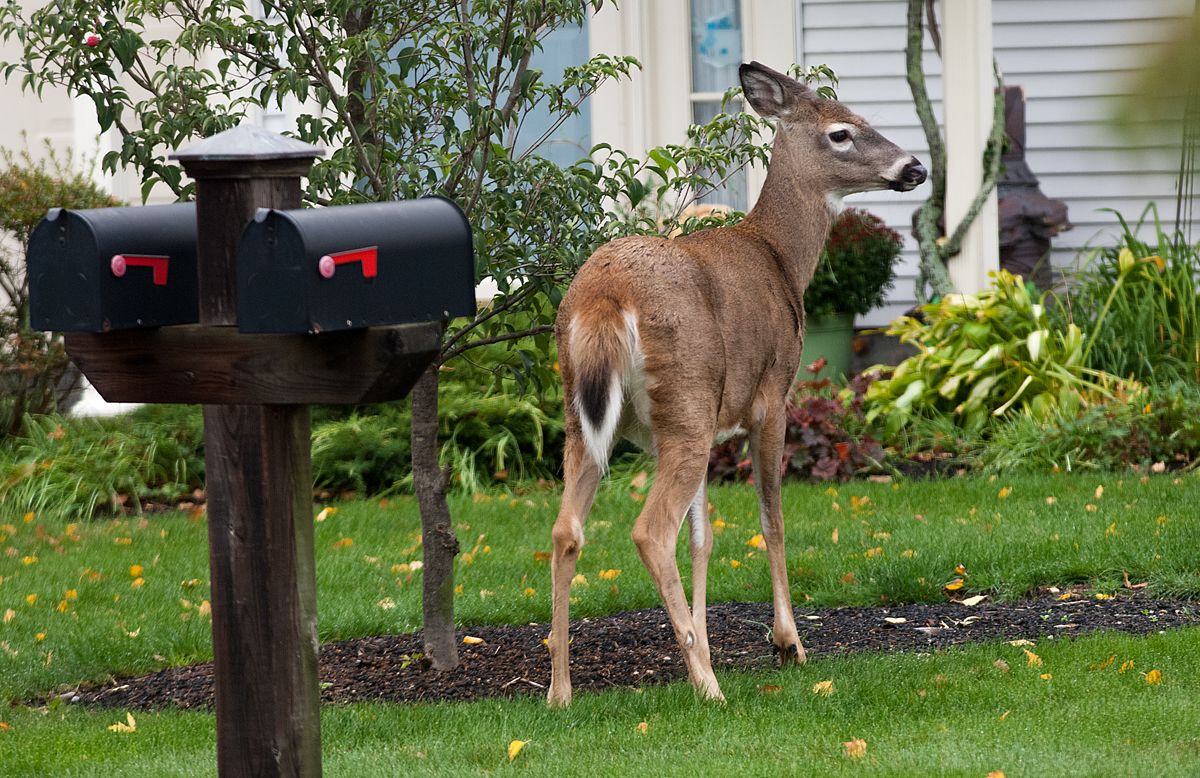
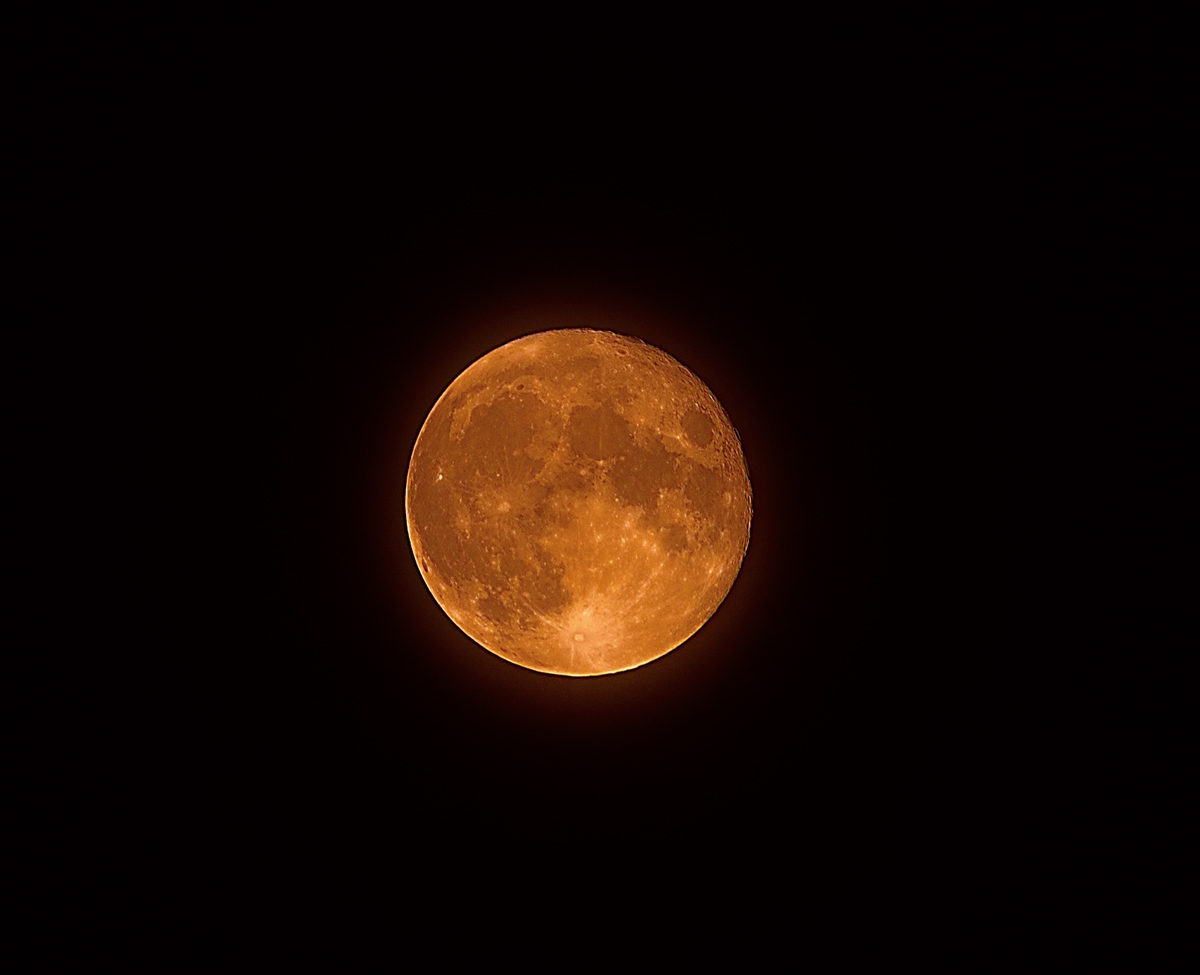
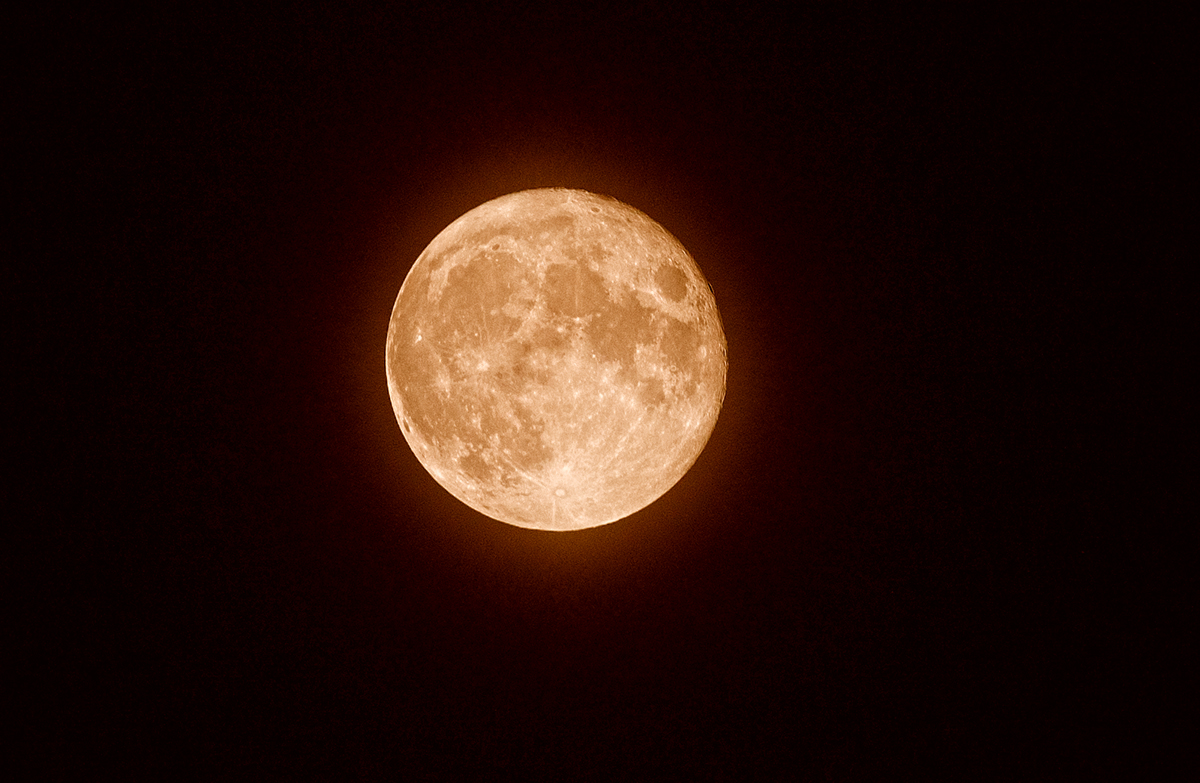
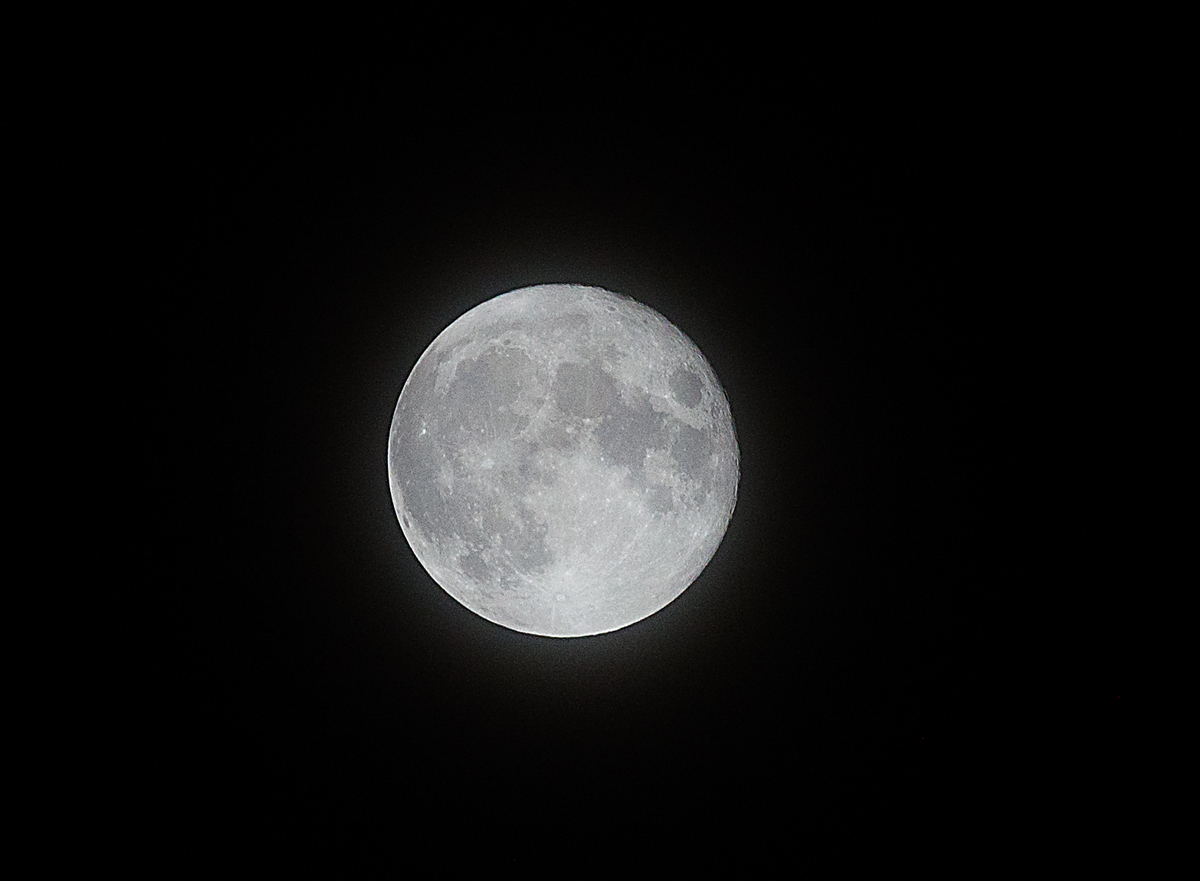
The Moon was but a Chin of Gold
A Night or two ago –
And now she turns Her perfect Face
Upon the World below –
Her Forehead is of Amplest Blonde –
Her Cheek – a Beryl hewn –
Her Eye unto the Summer Dew
The likest I have known –
Her Lips of Amber never part –
But what must be the smile
Upon Her Friend she could confer
Were such Her Silver Will –
And what a privilege to be
But the remotest Star –
For Certainty She take Her Way
Beside Your Palace Door –
Her Bonnet is the Firmament –
The Universe – Her Shoe –
The Stars – the Trinkets at Her Belt –
Her Dimities – of Blue.
These insects get their name because they have very long front legs that they hold in a position that reminds people of praying.
This means that the mantis can look at the same spot with both eyes, which lets it determine distances more accurately. Some species have distinct body shapes that make the insects look like branches, flowers, or leaves. The most common praying mantis color is green, but it can range from brownish colors and tones to camouflage its body among its environment.
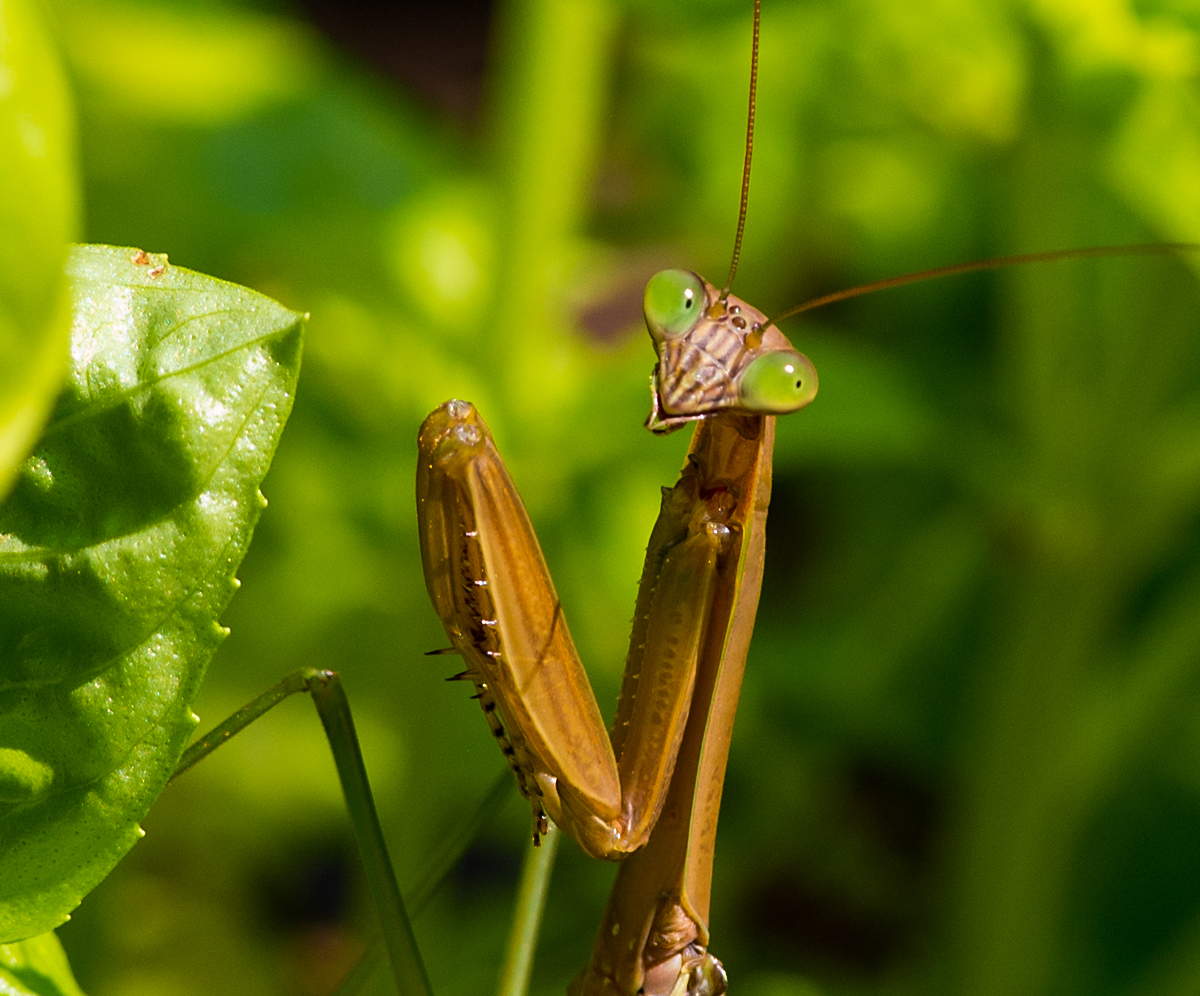
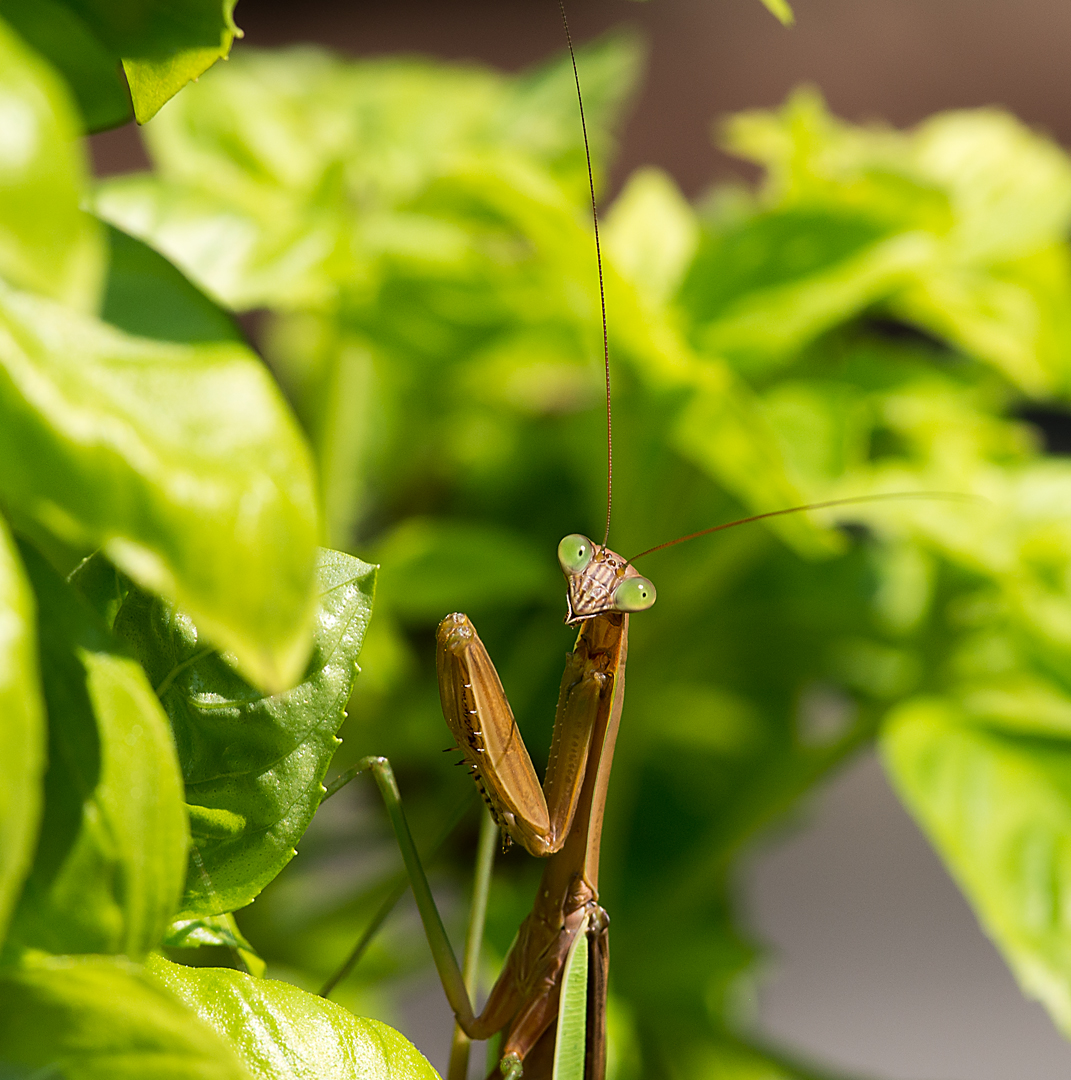
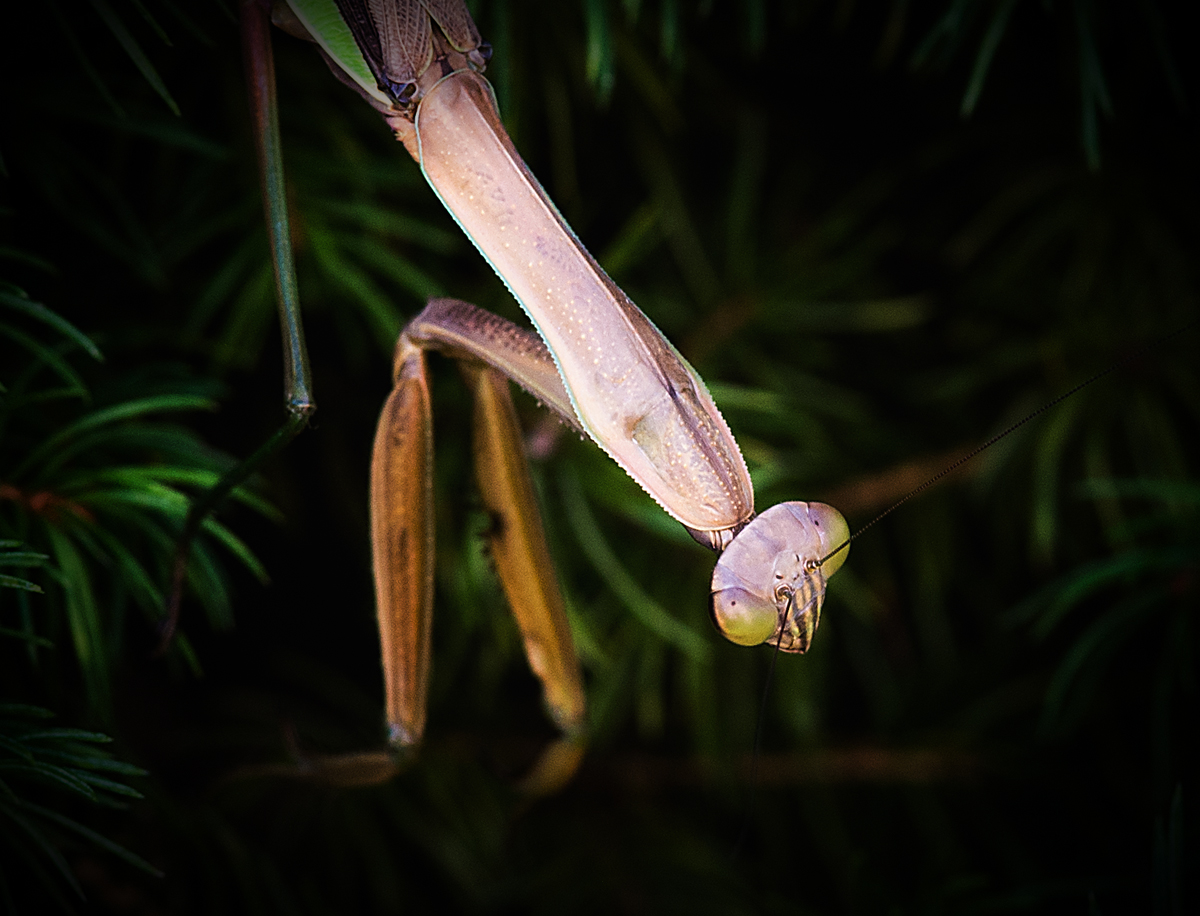
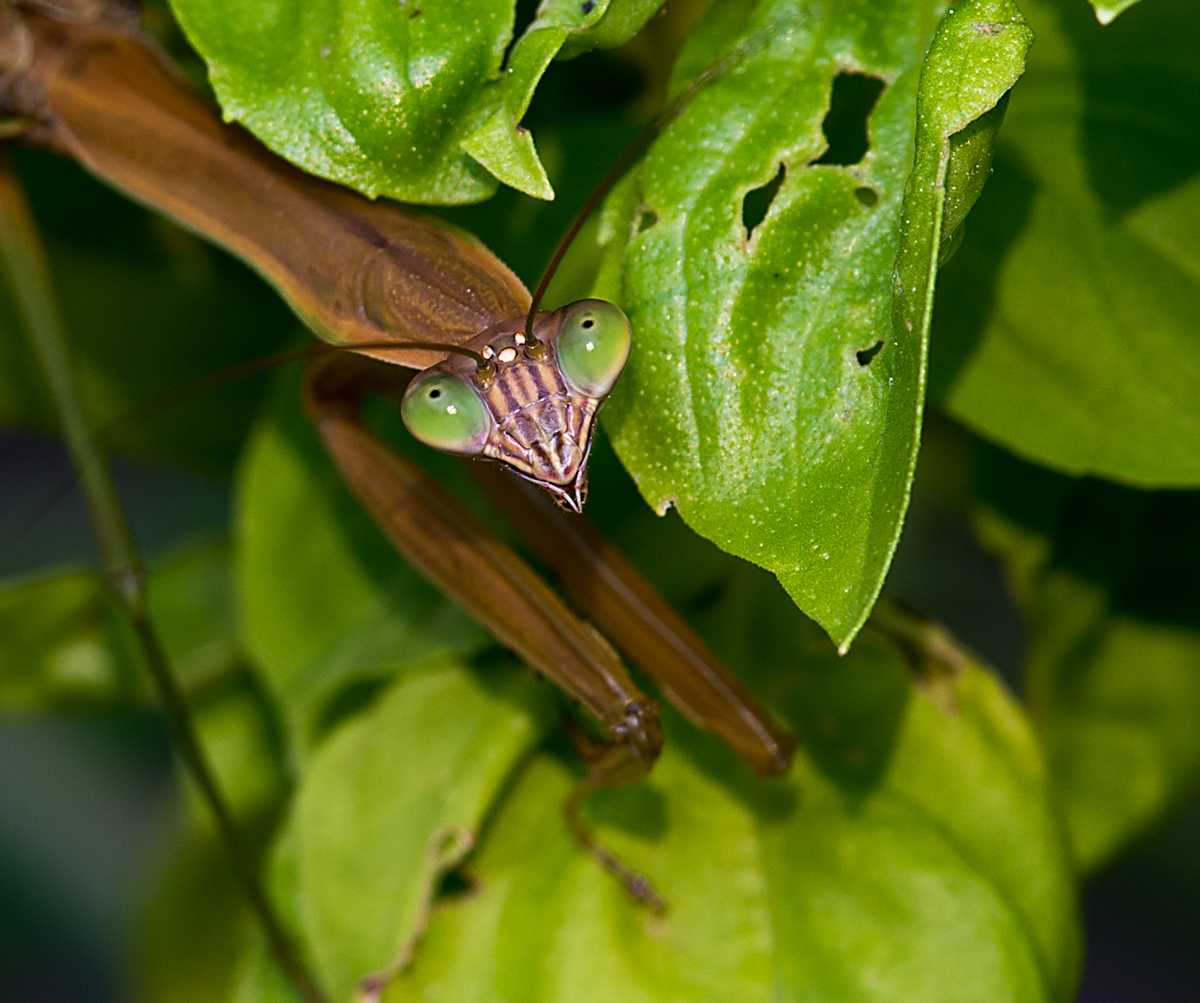
Below: Mantis on Basil plant
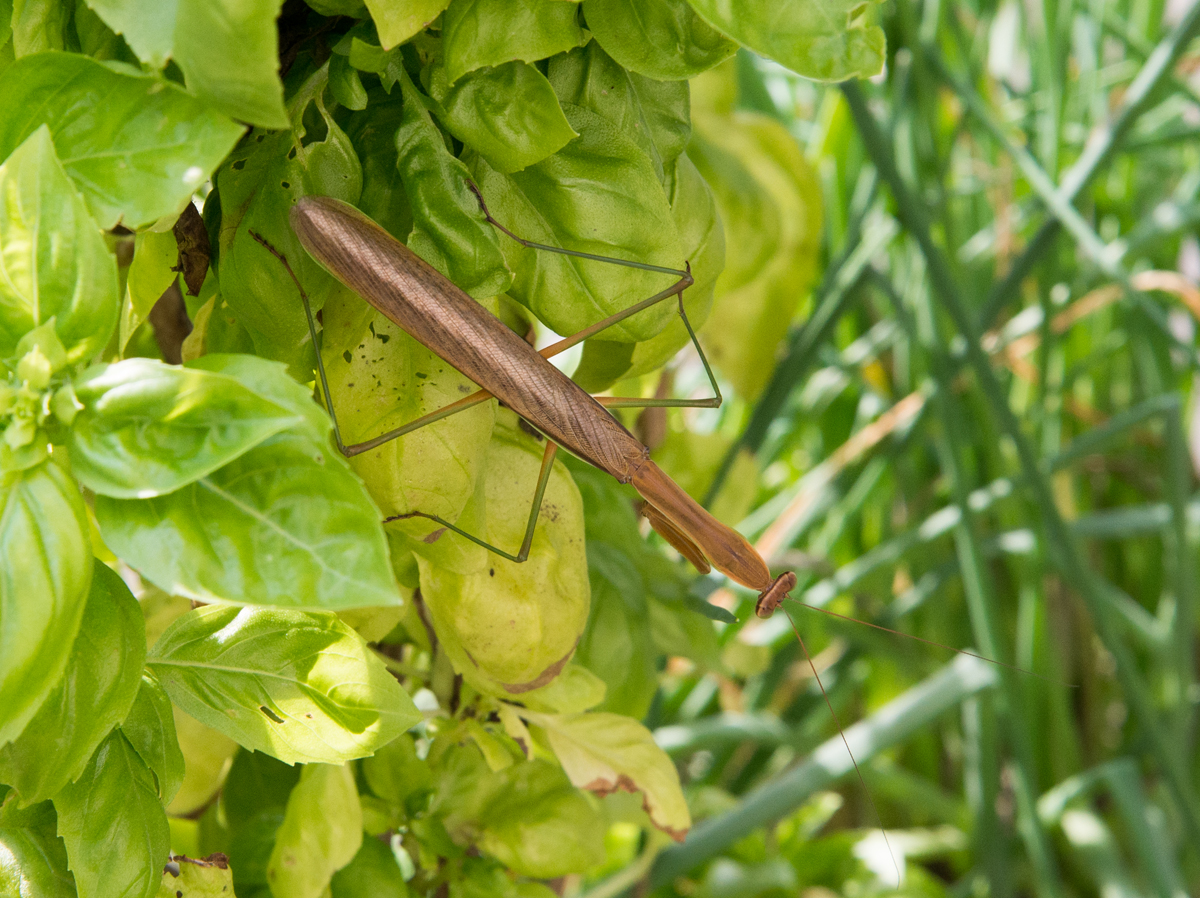
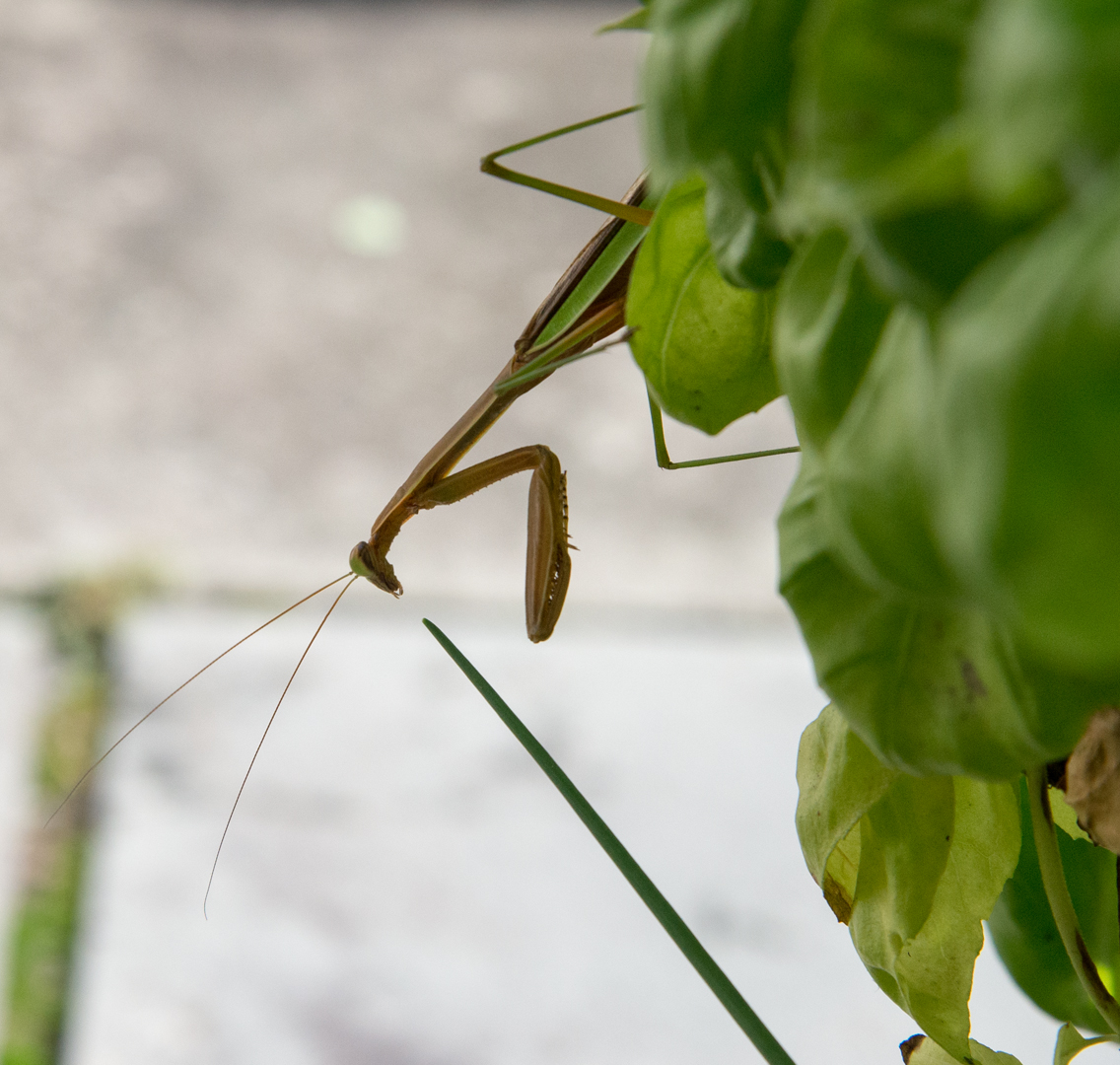
Below: On shrubs
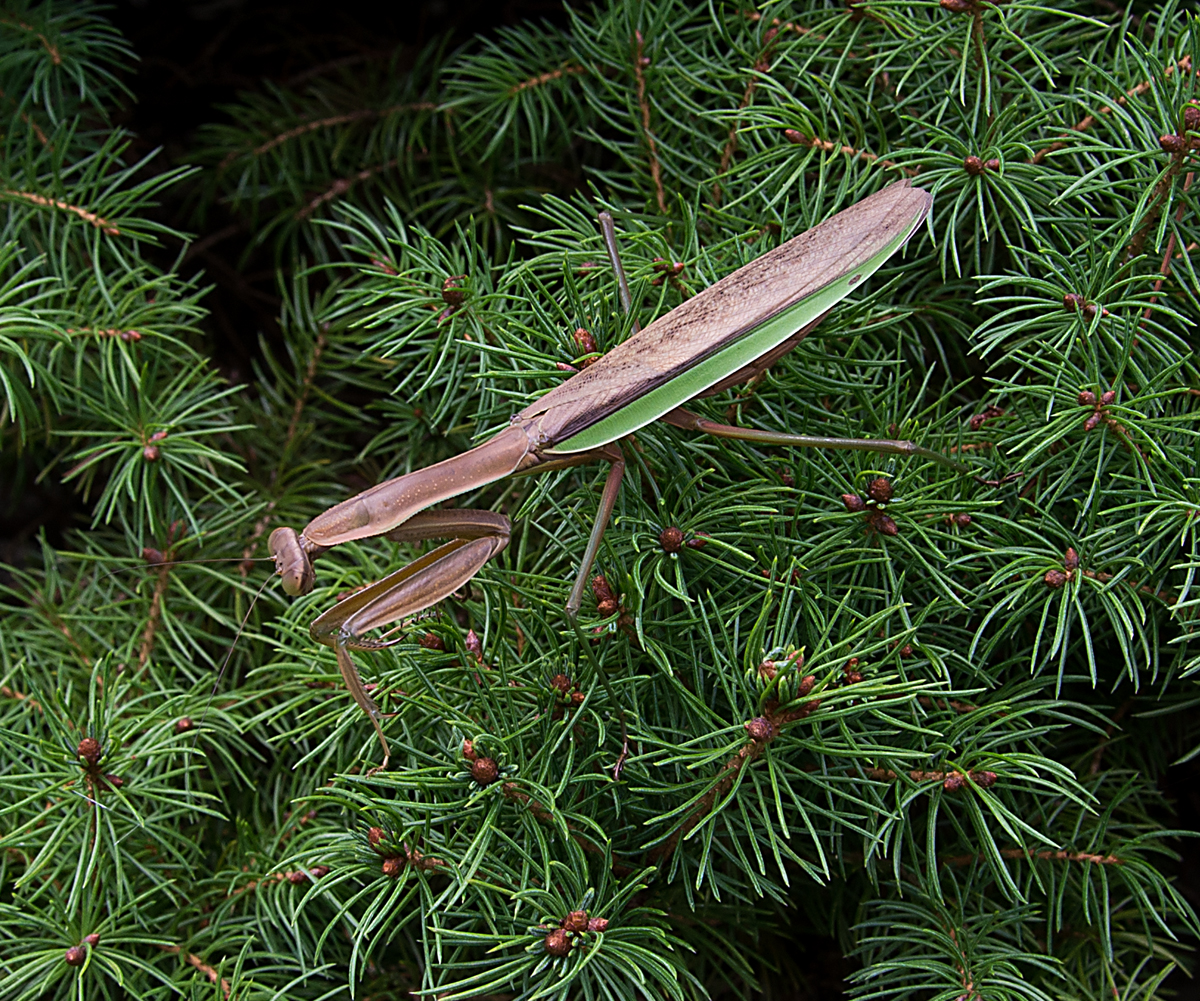
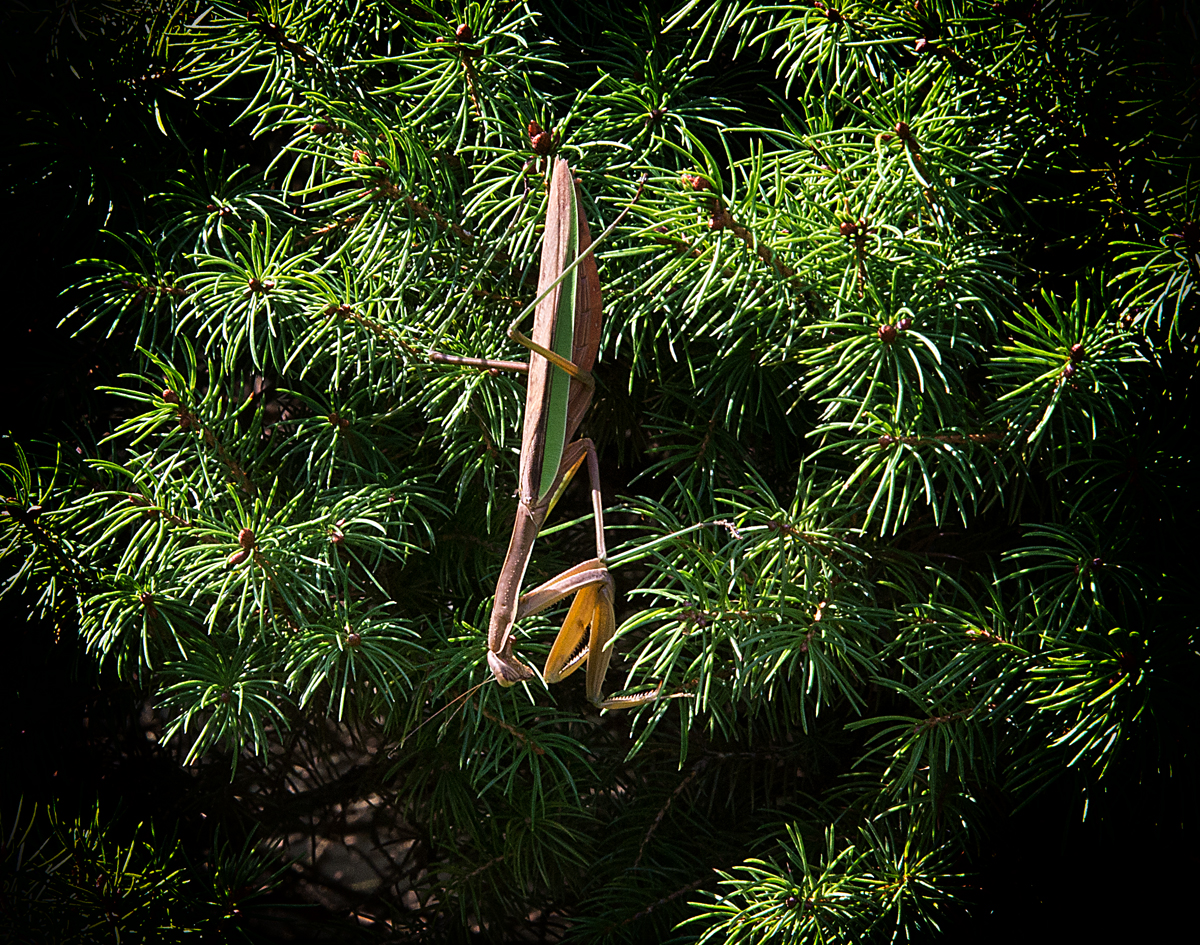
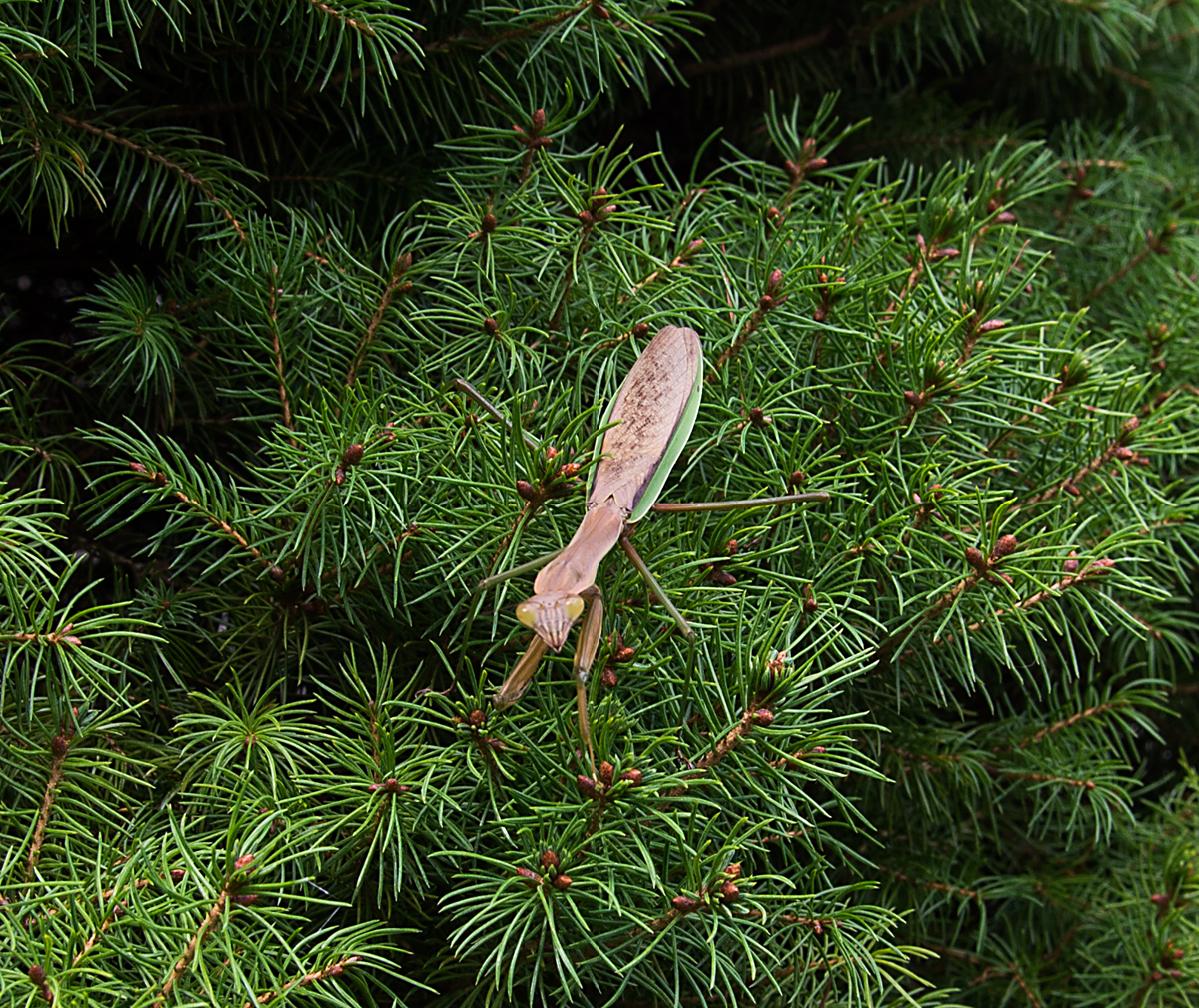
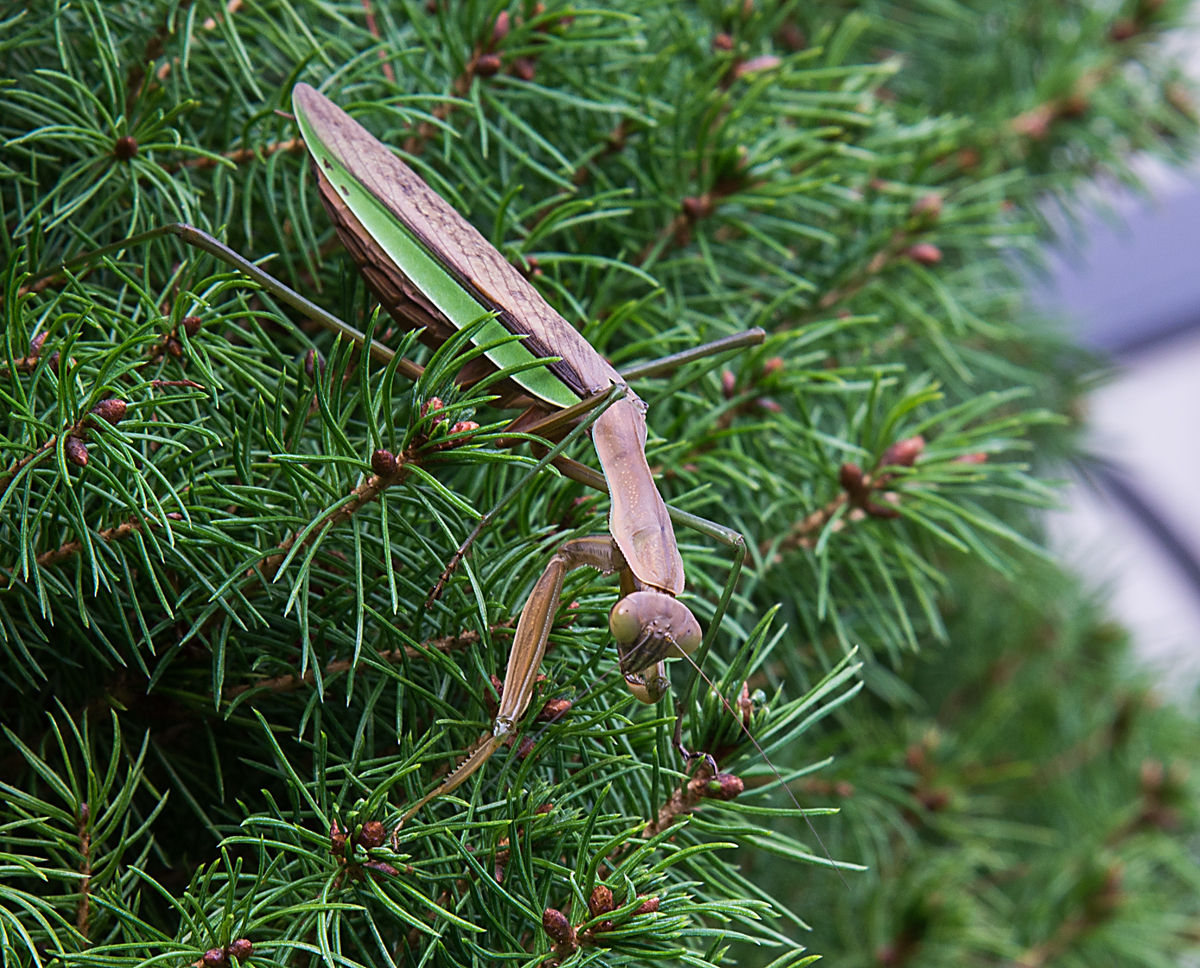
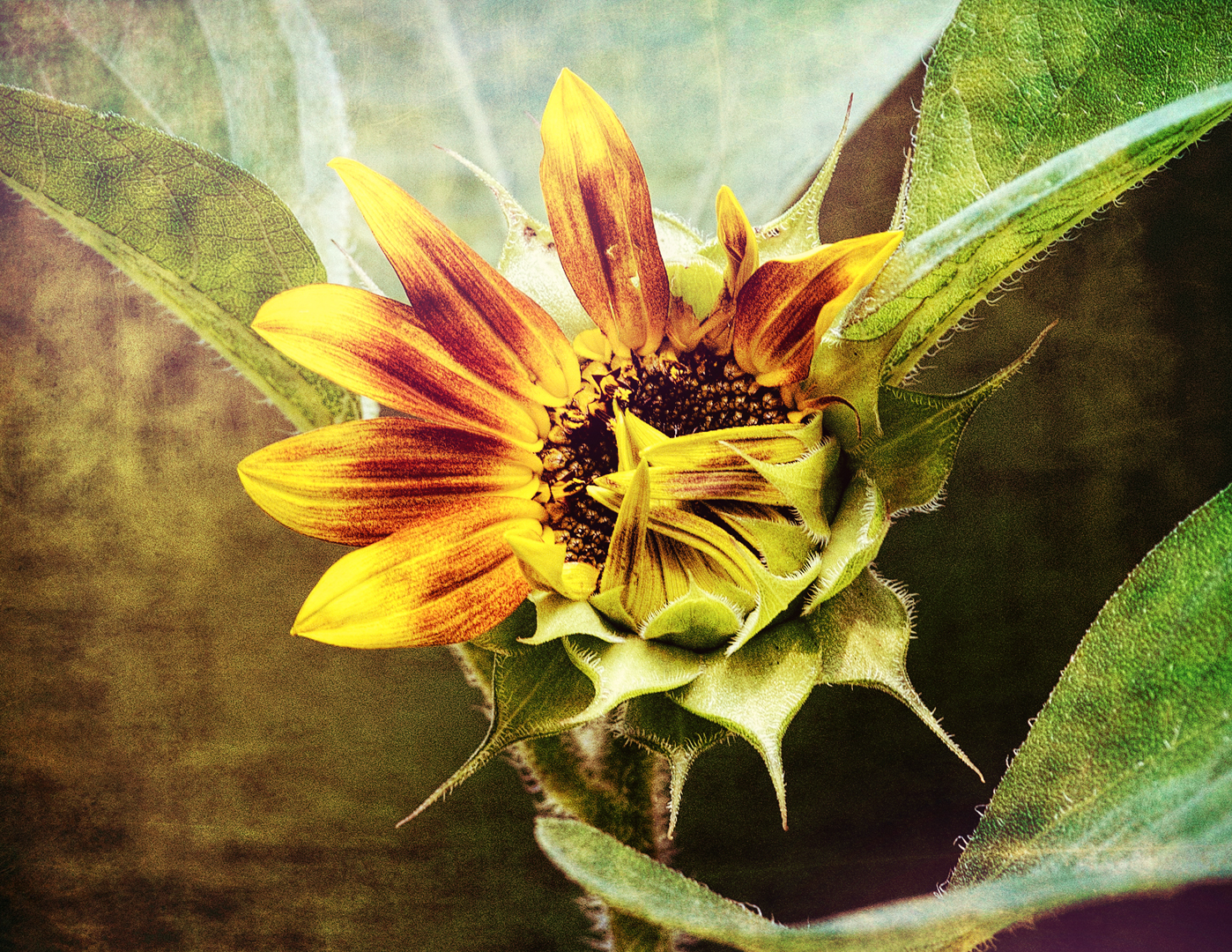
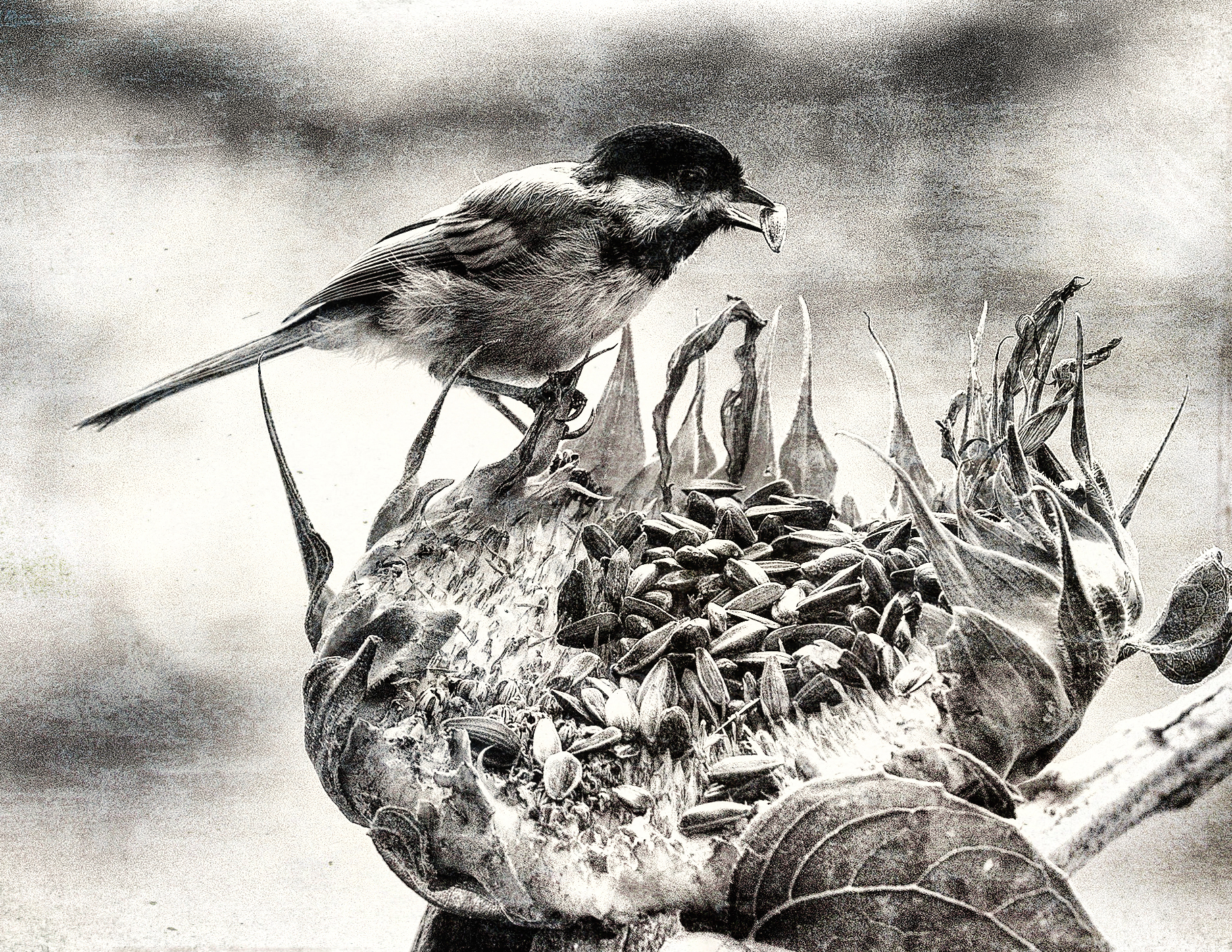

American Goldfinches are unusual among goldfinches in molting their body feathers twice a year, once in late winter and again in late summer. The brightening yellow of male goldfinches each spring is one welcome mark of approaching warm months.
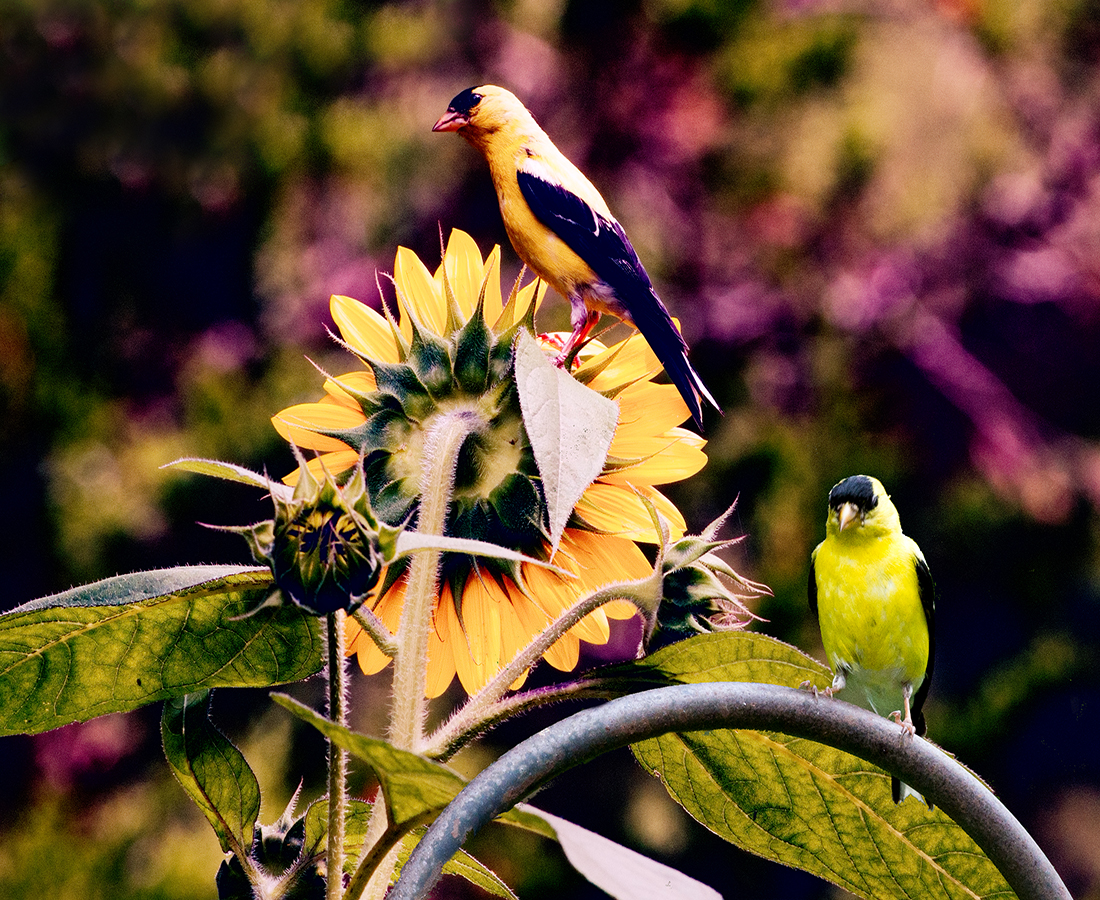
Memorial Day Weekend, 2022 to June 5th
Hummingbirds are the only species of bird that can fly backward, and their closest relative are swifts!
6 Spices of hummingbirds in Massachusetts:
Ruby-throated Hummingbird Rufous Hummingbird Allen’s Hummingbird Broad-billed Hummingbird Black-chinned Hummingbird Calliope Hummingbird
